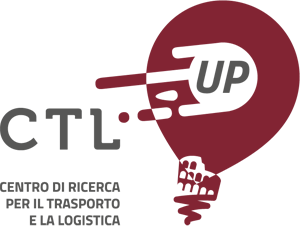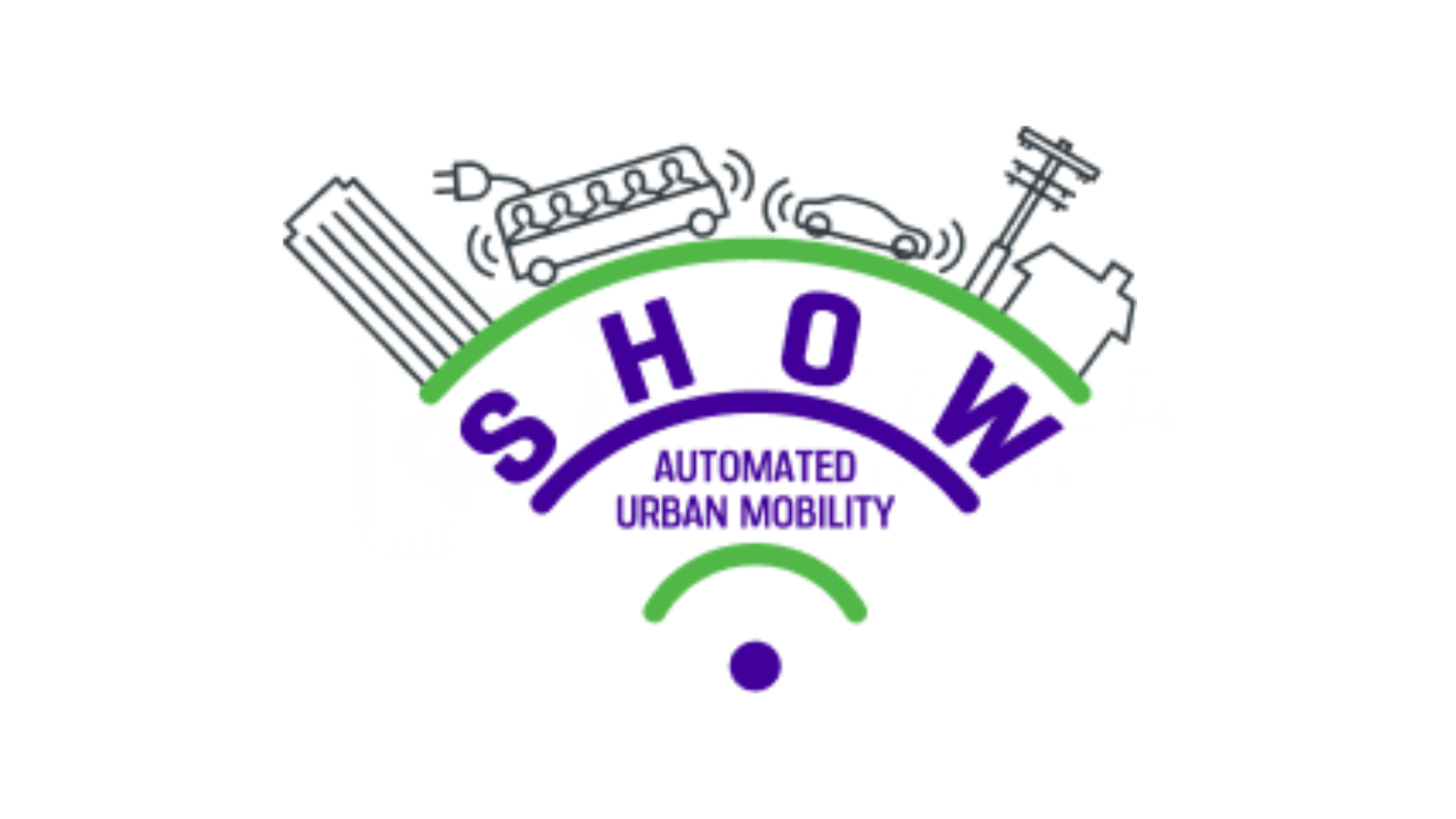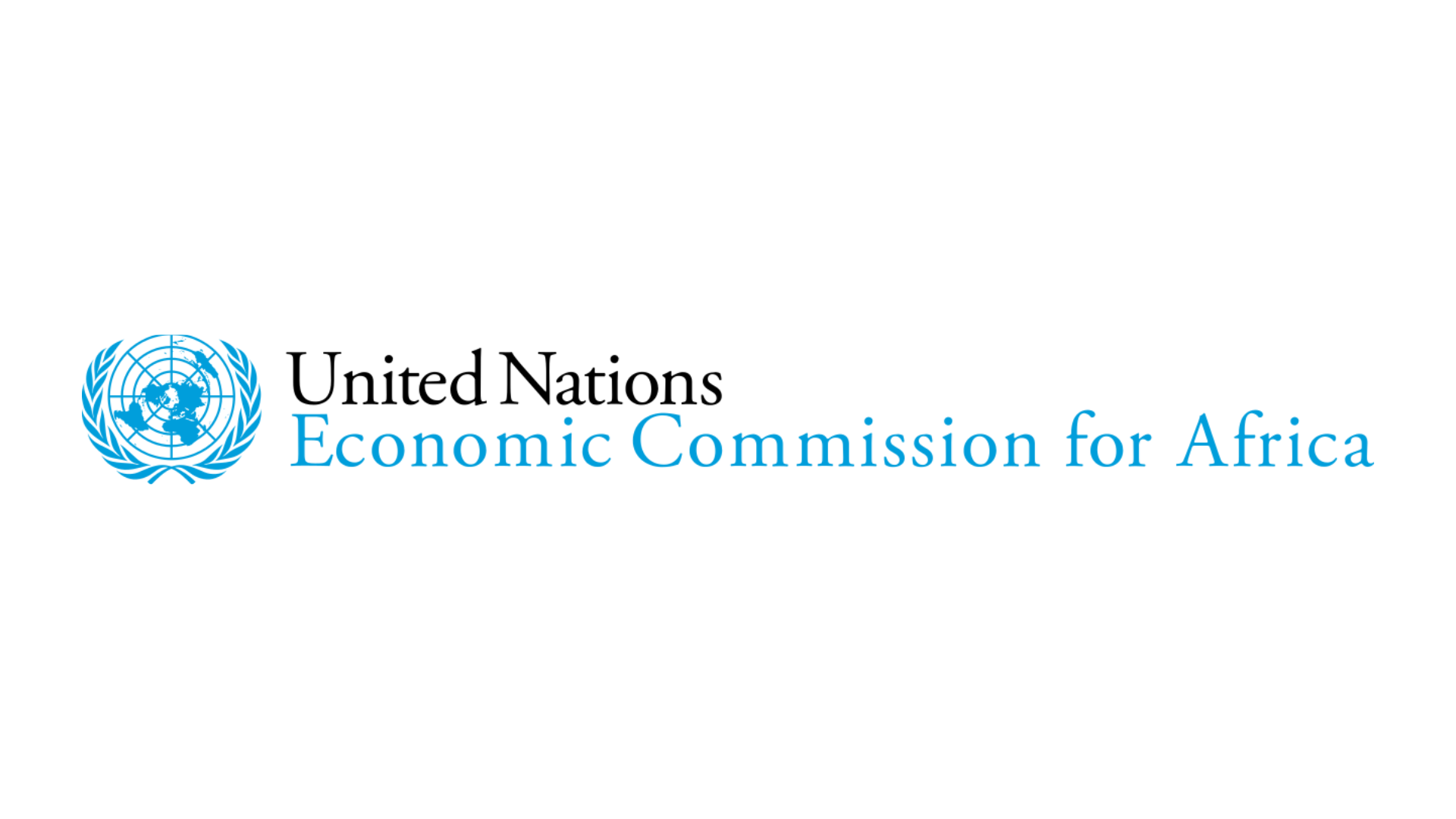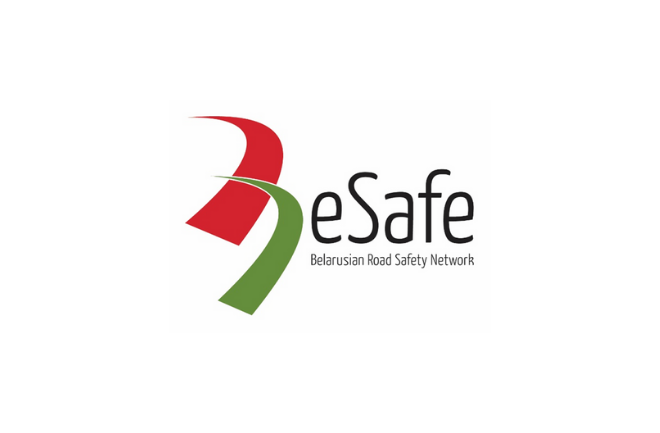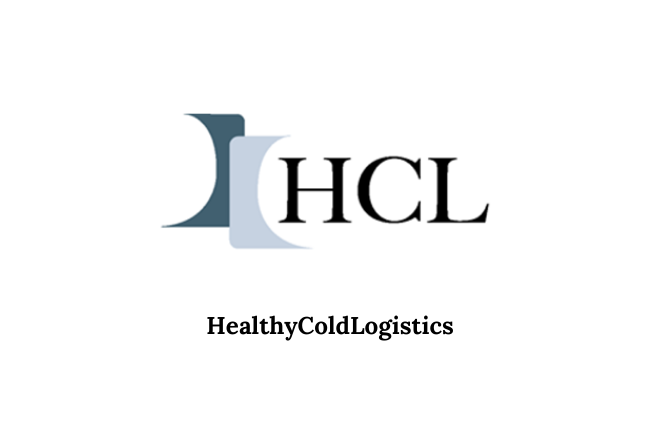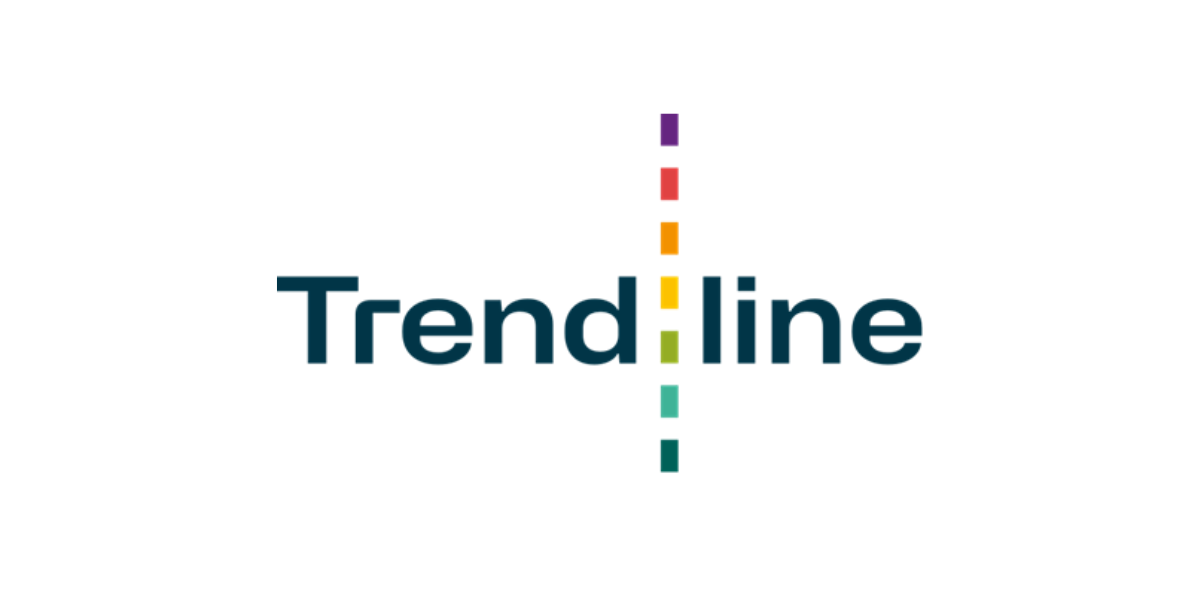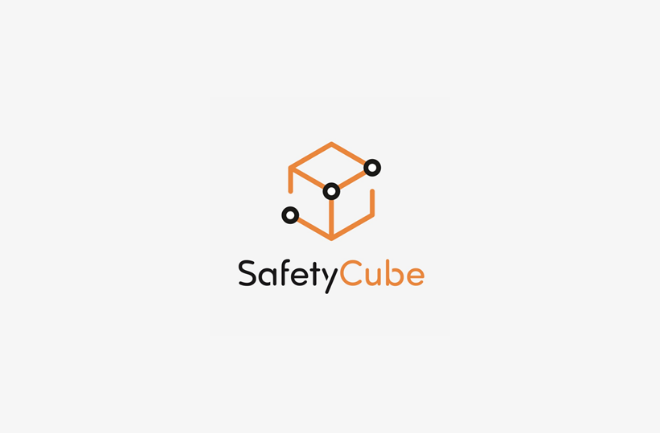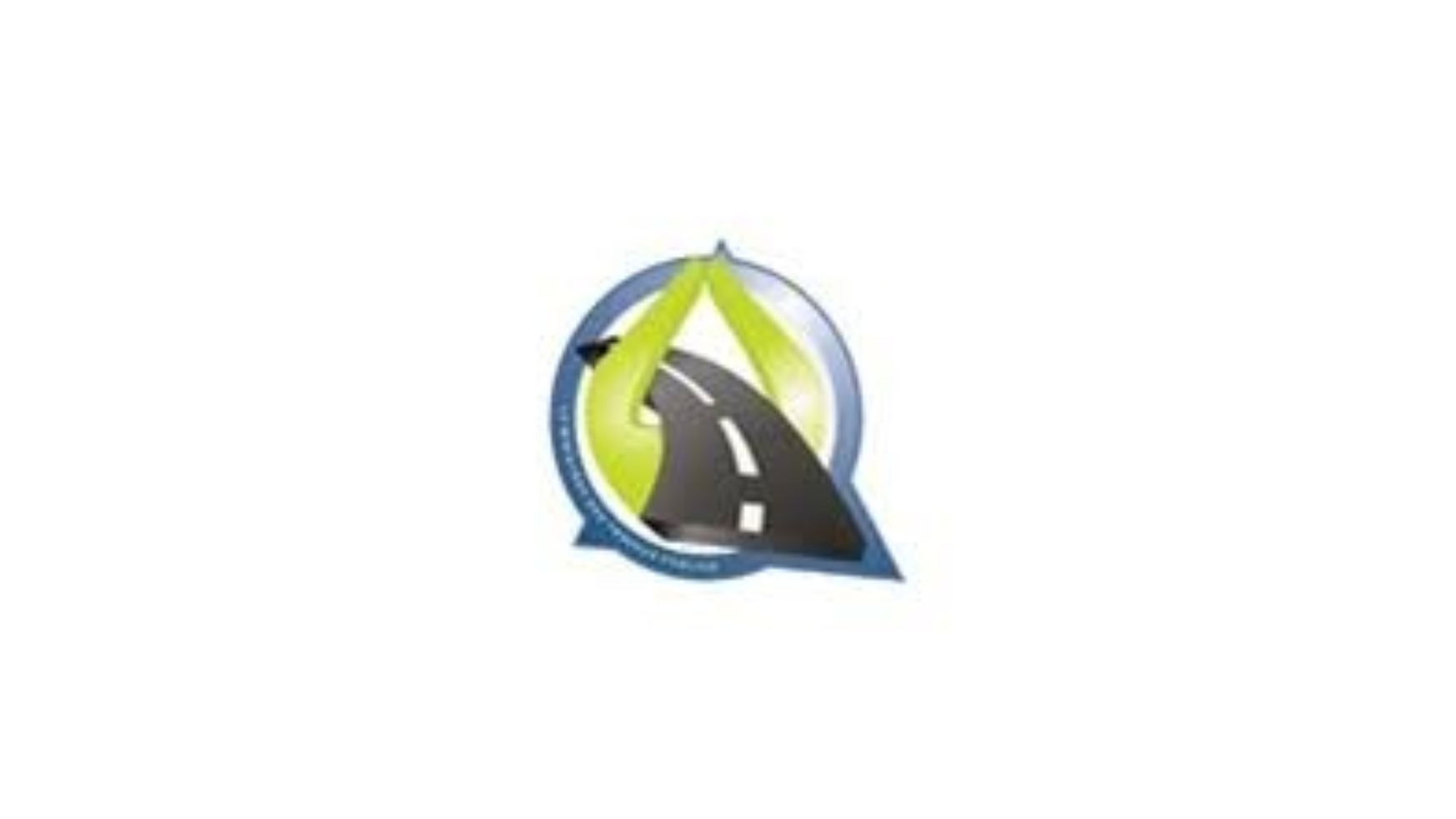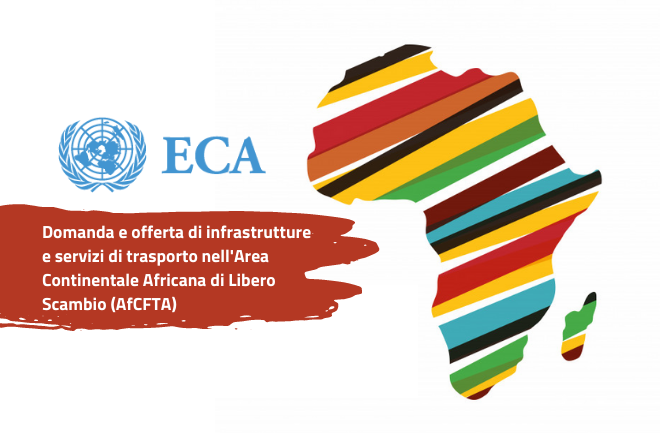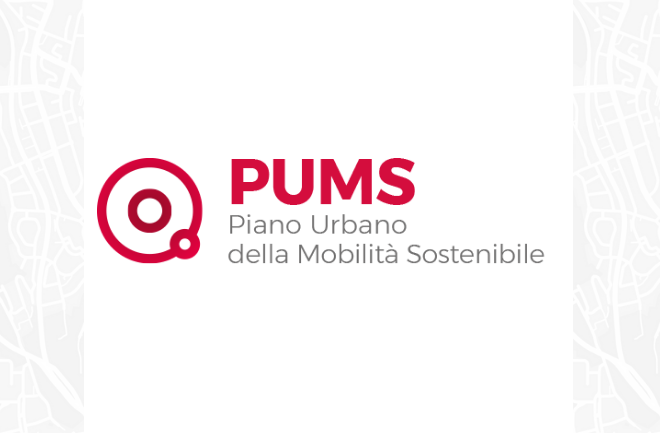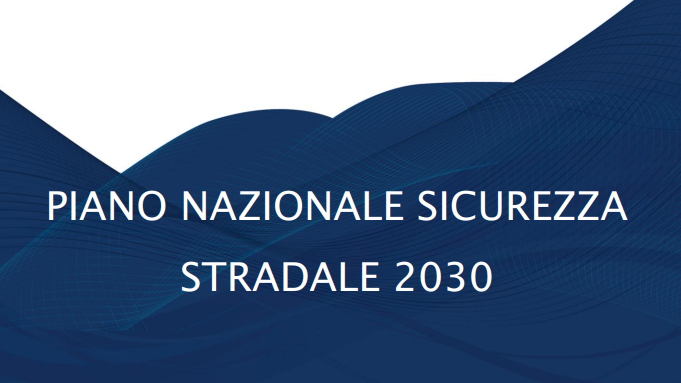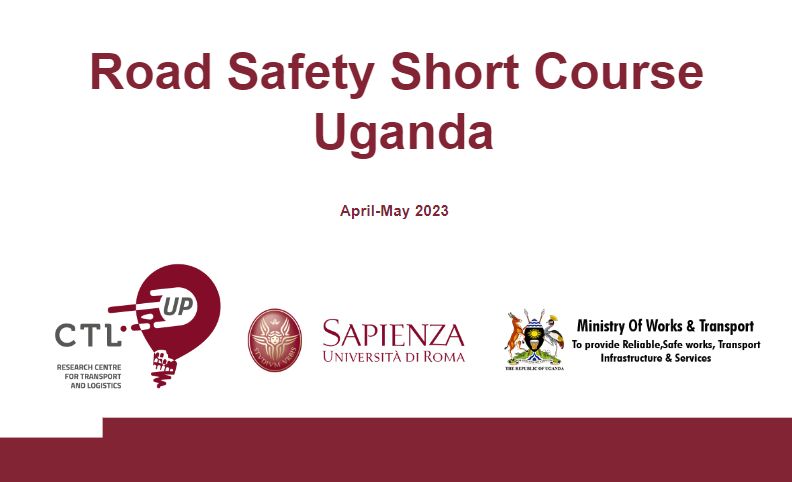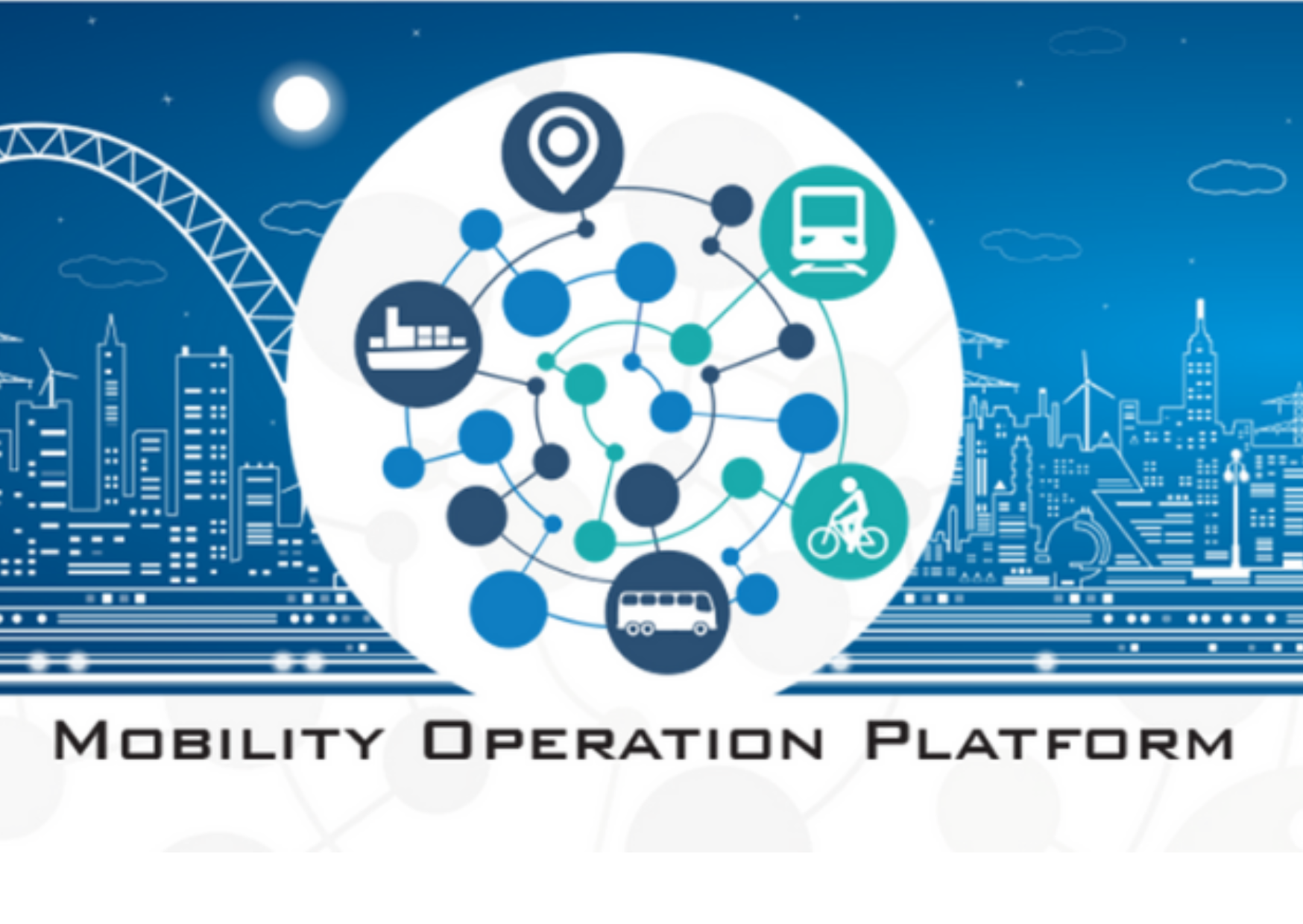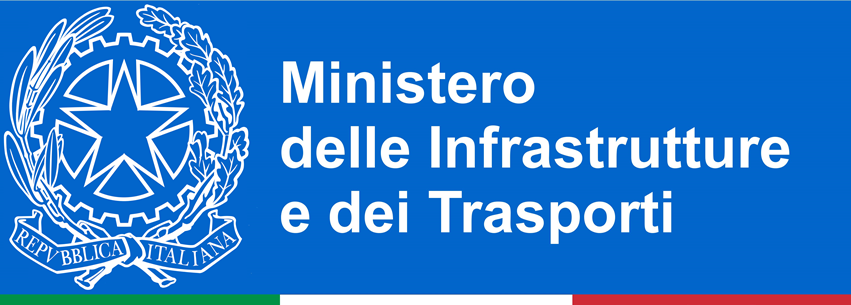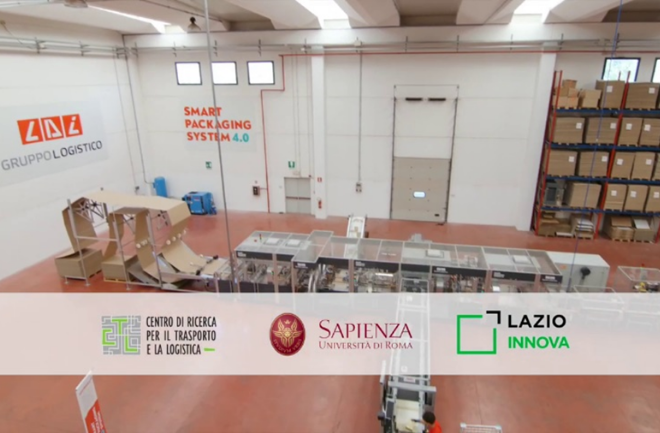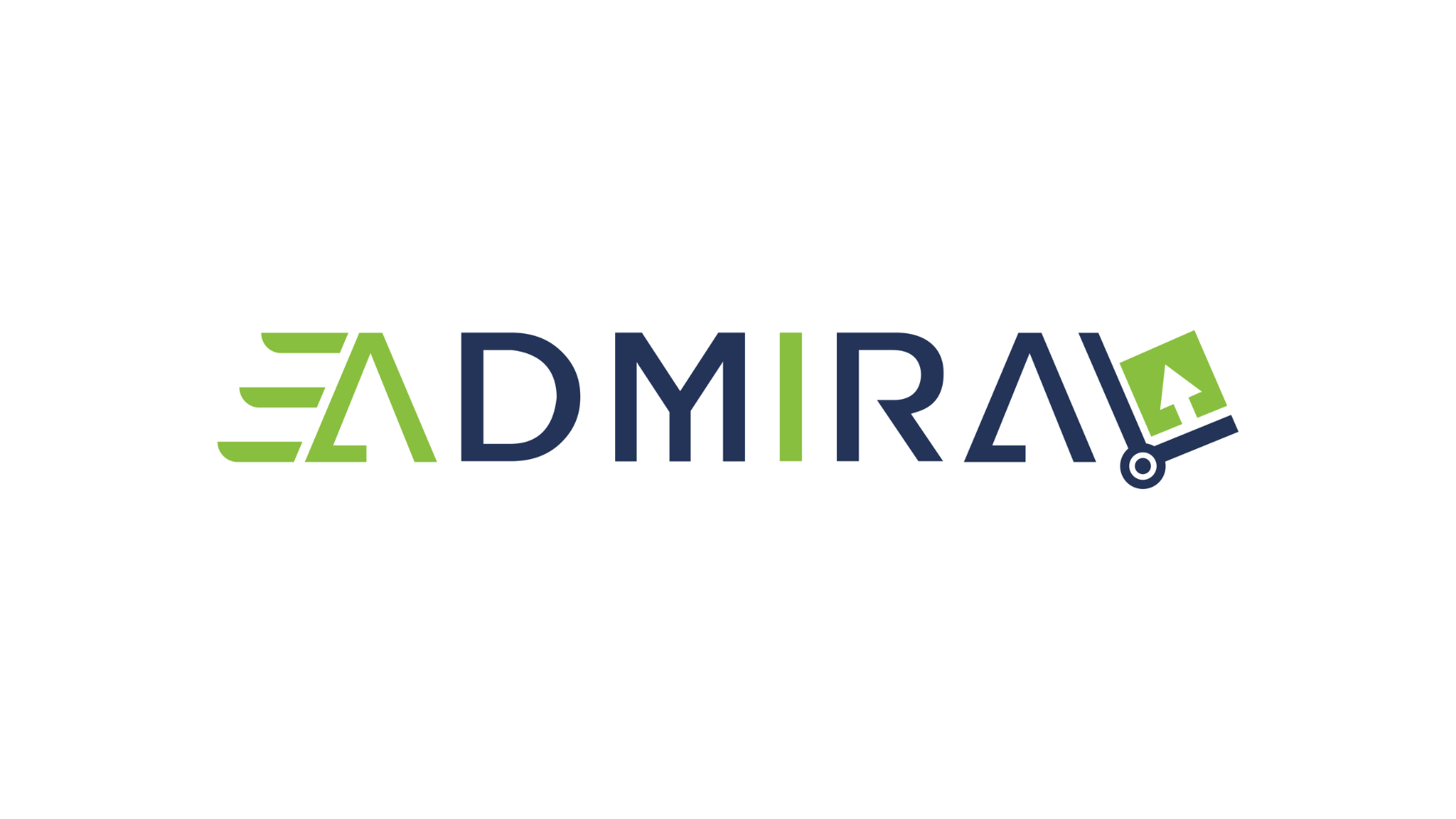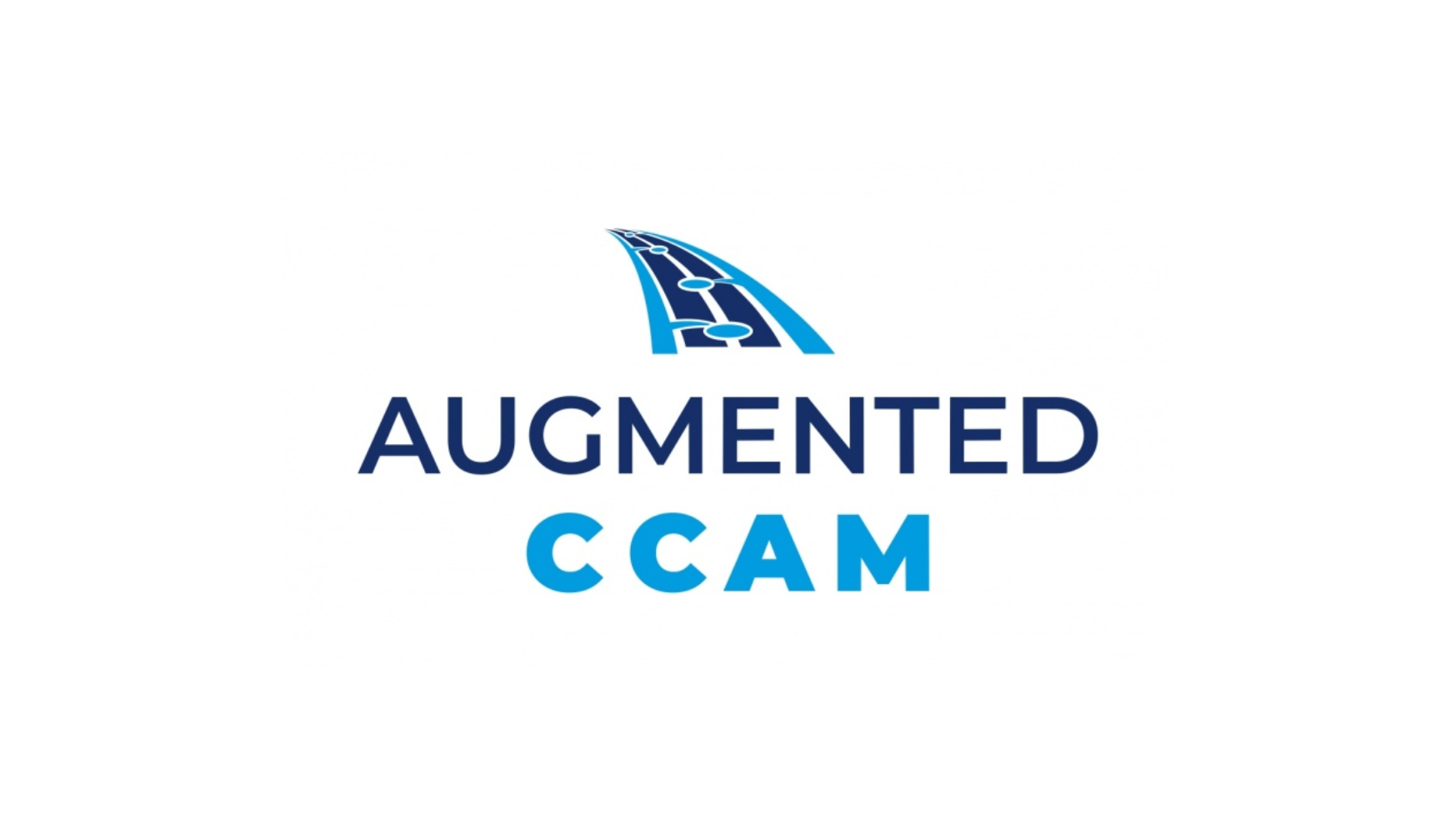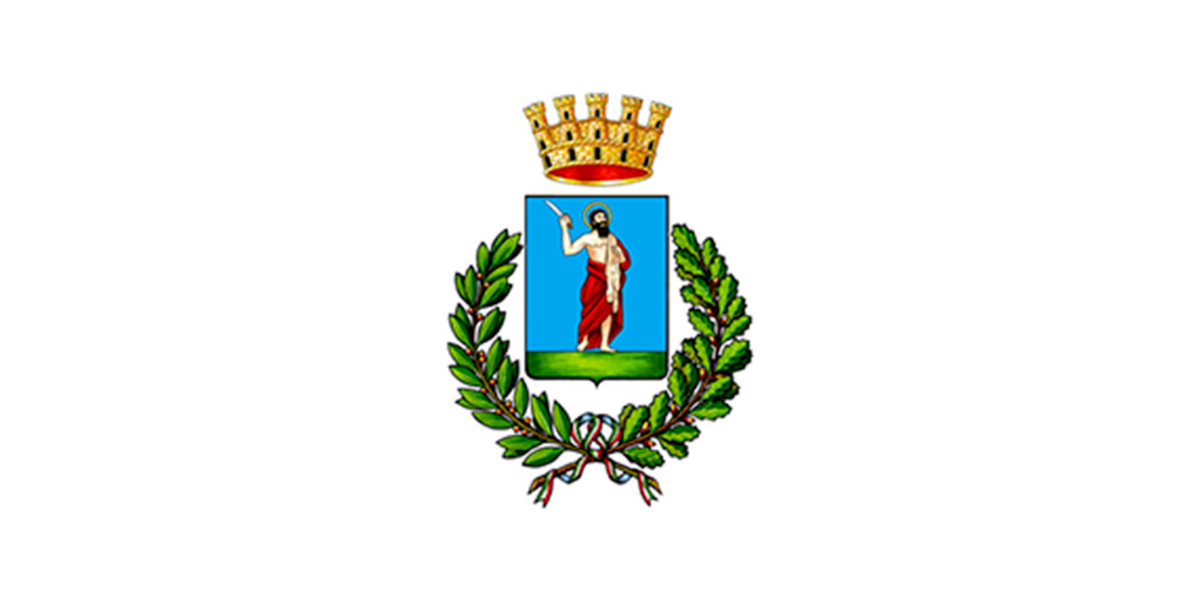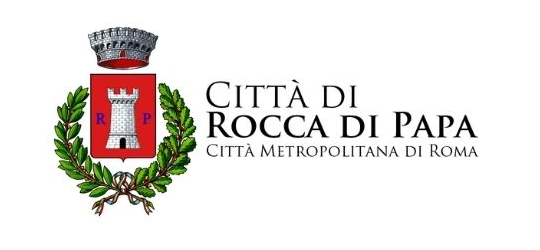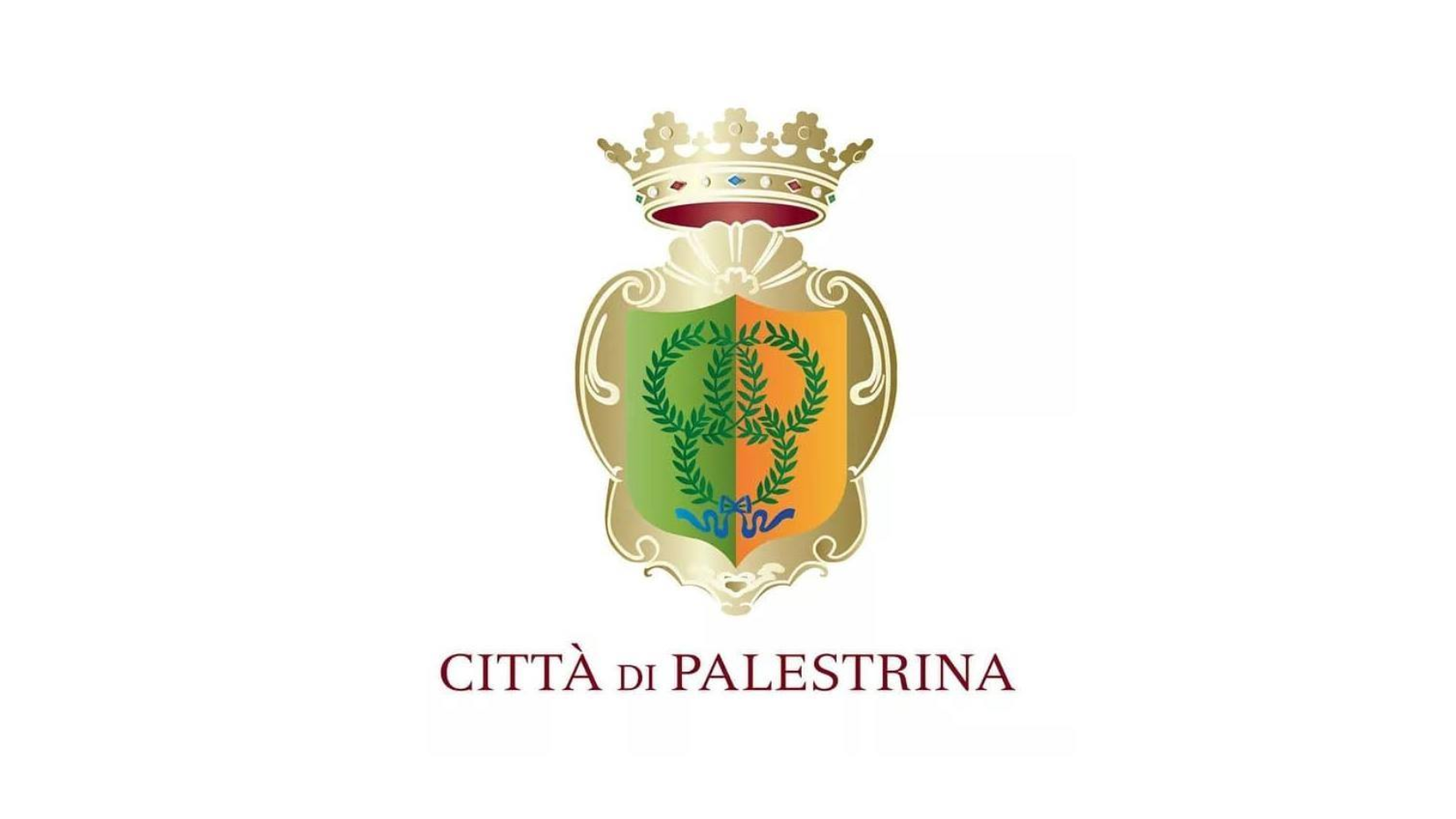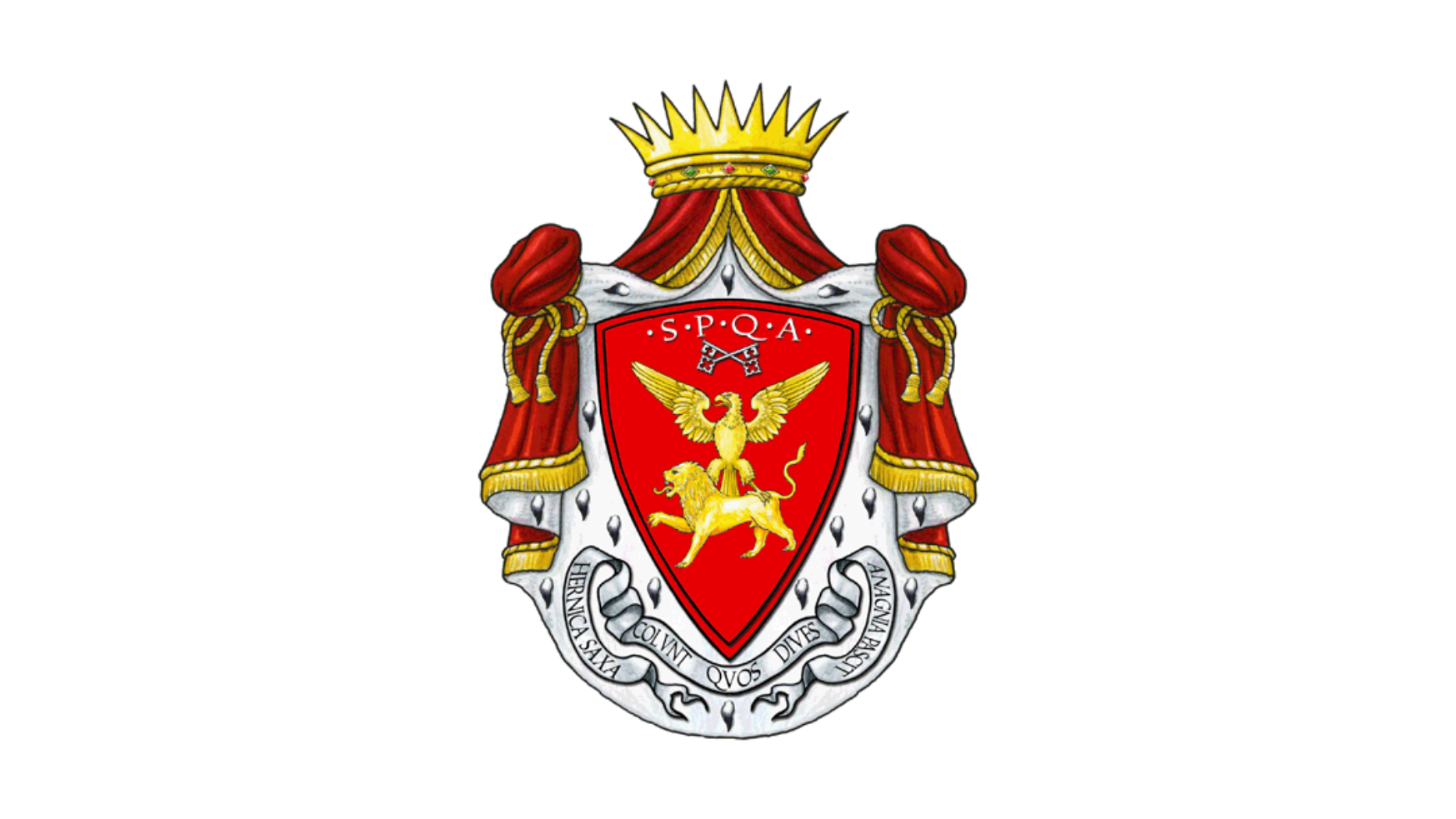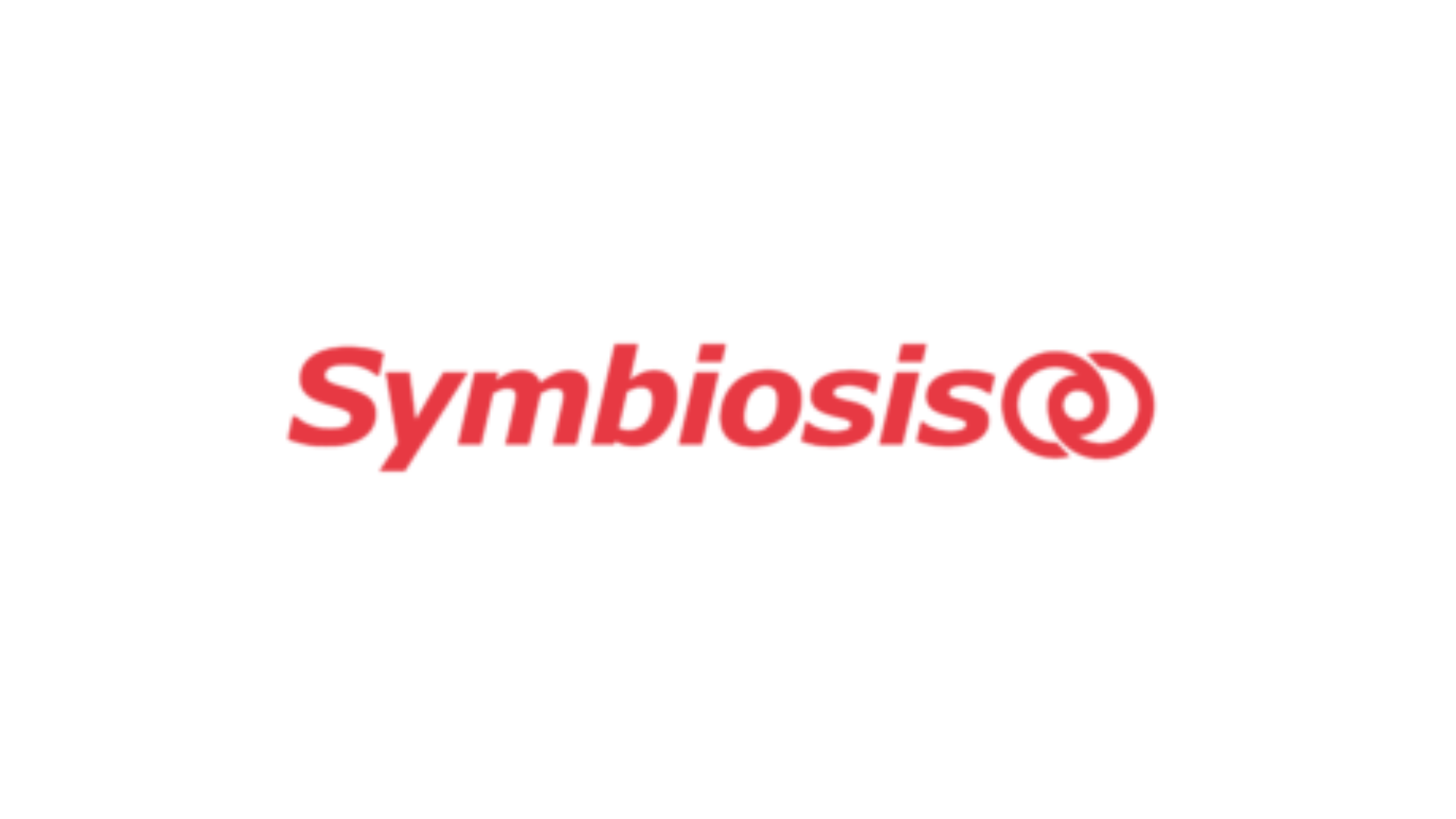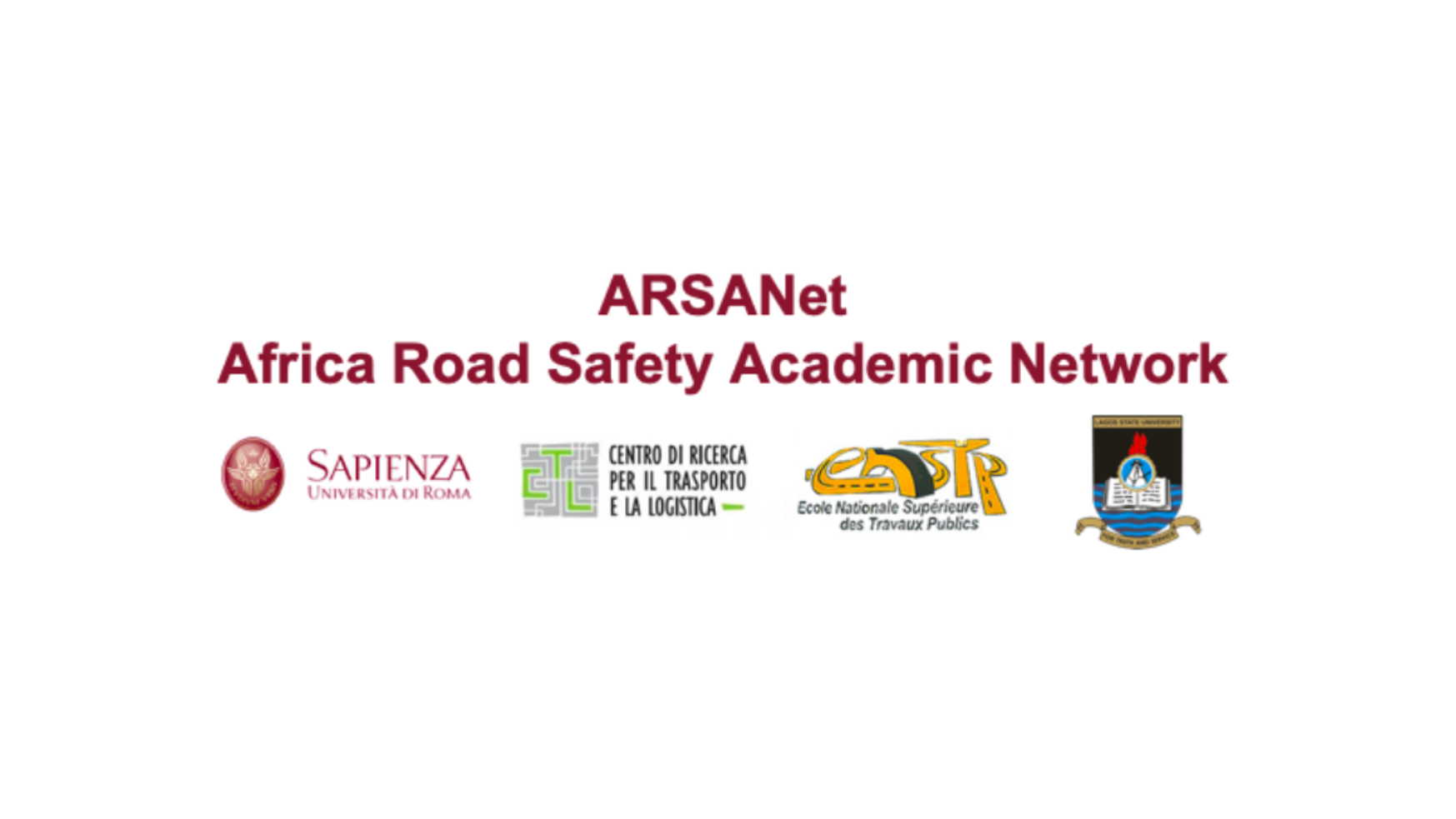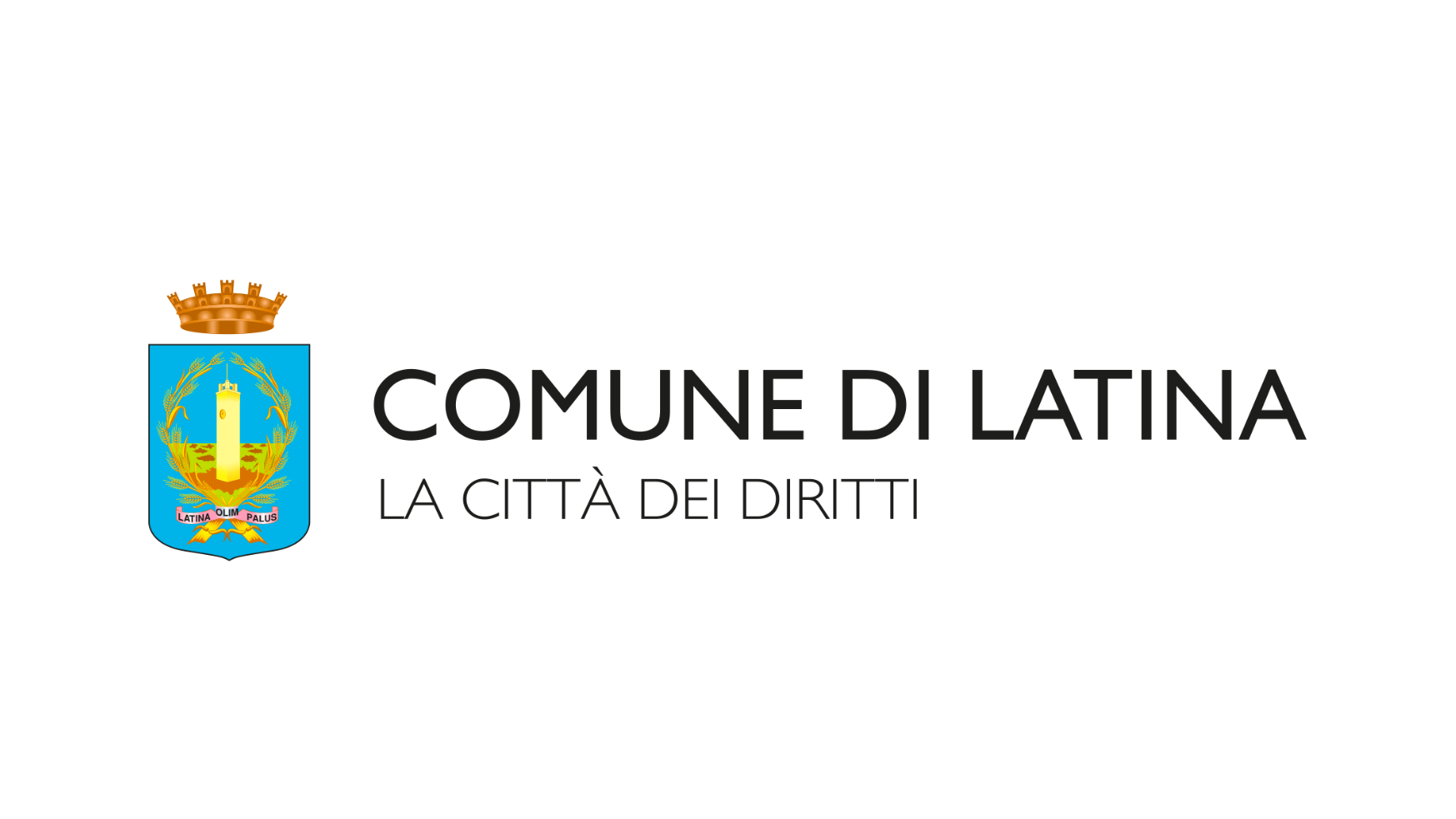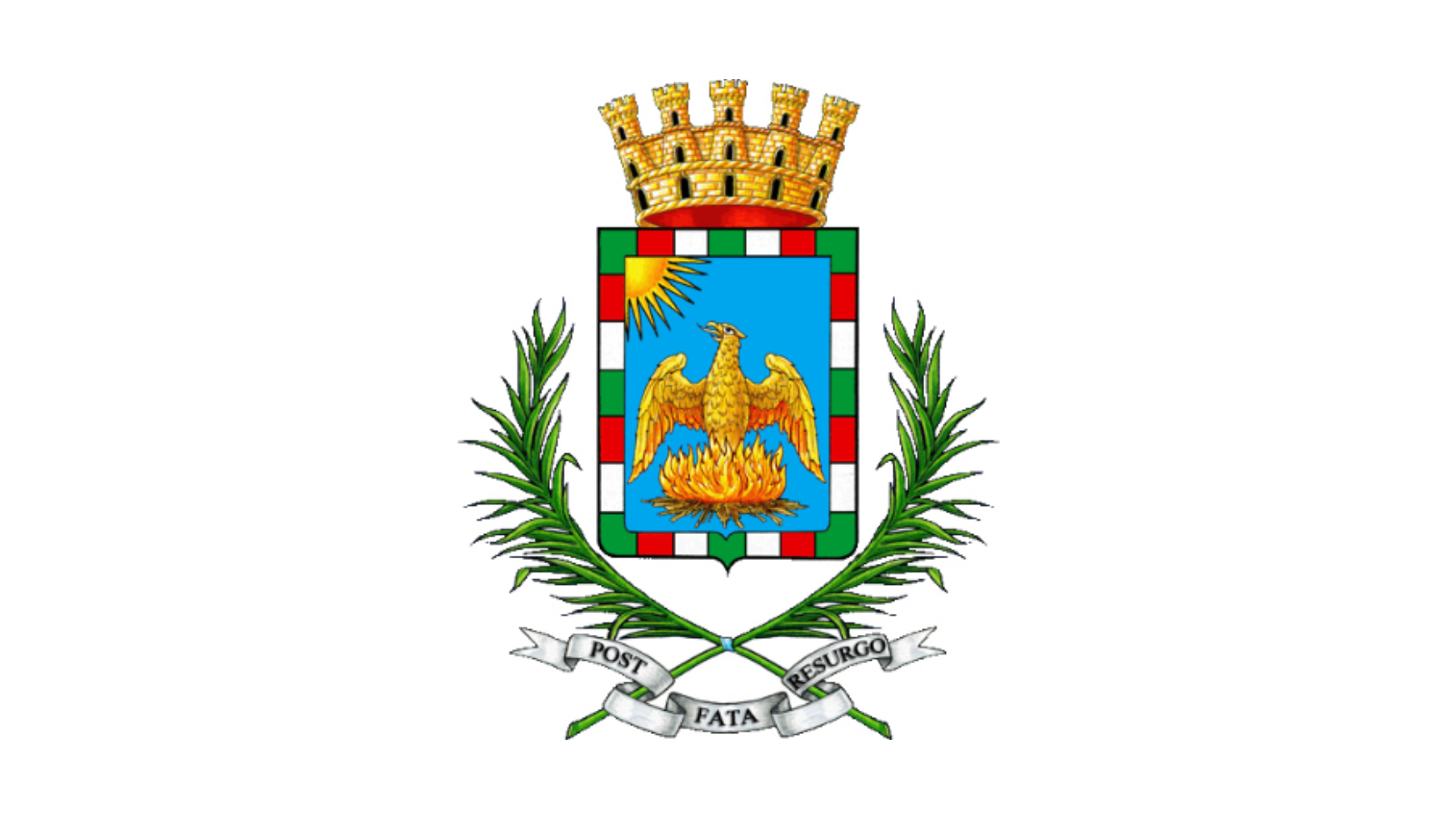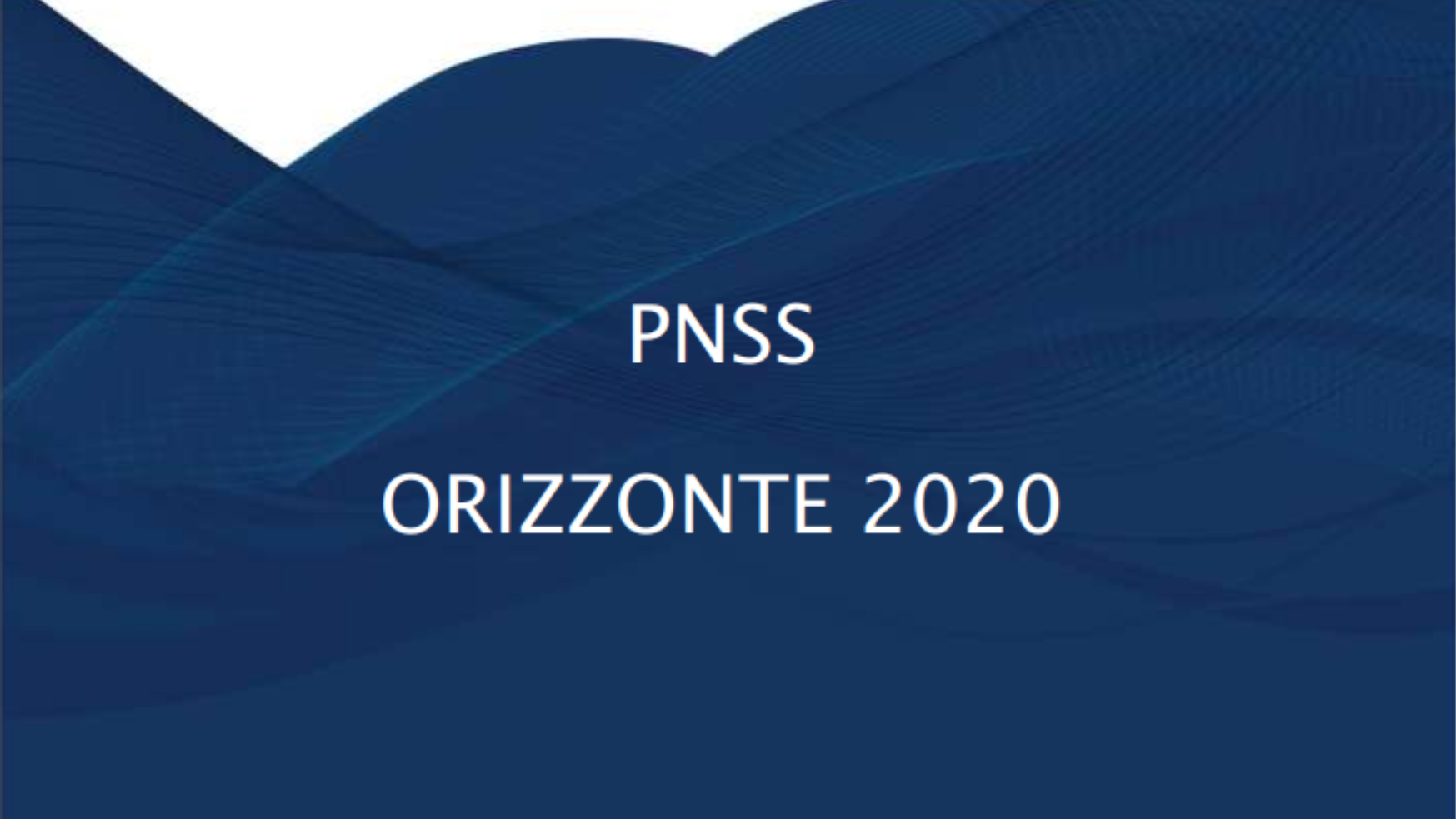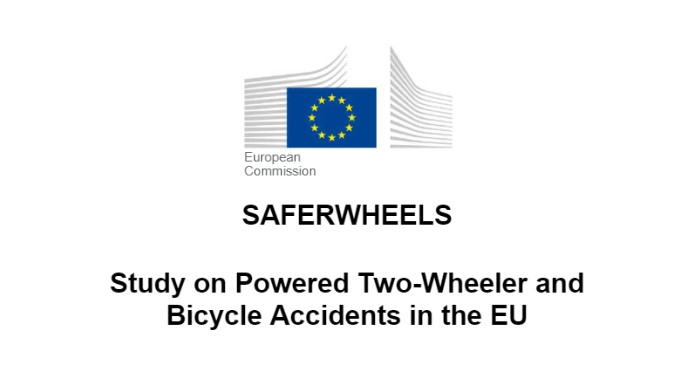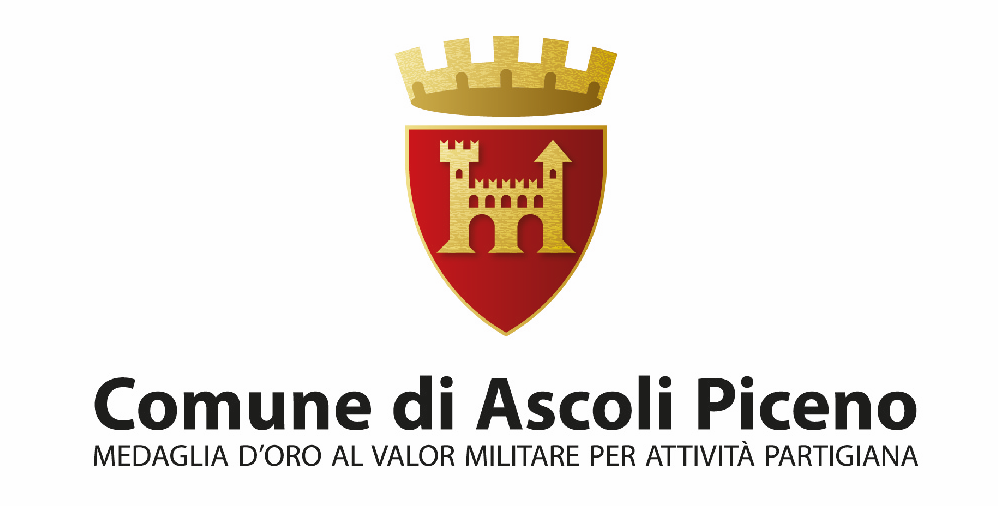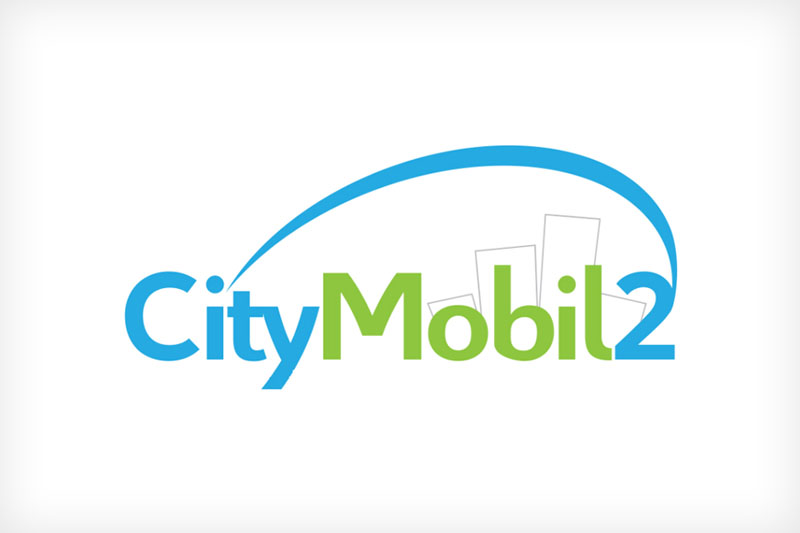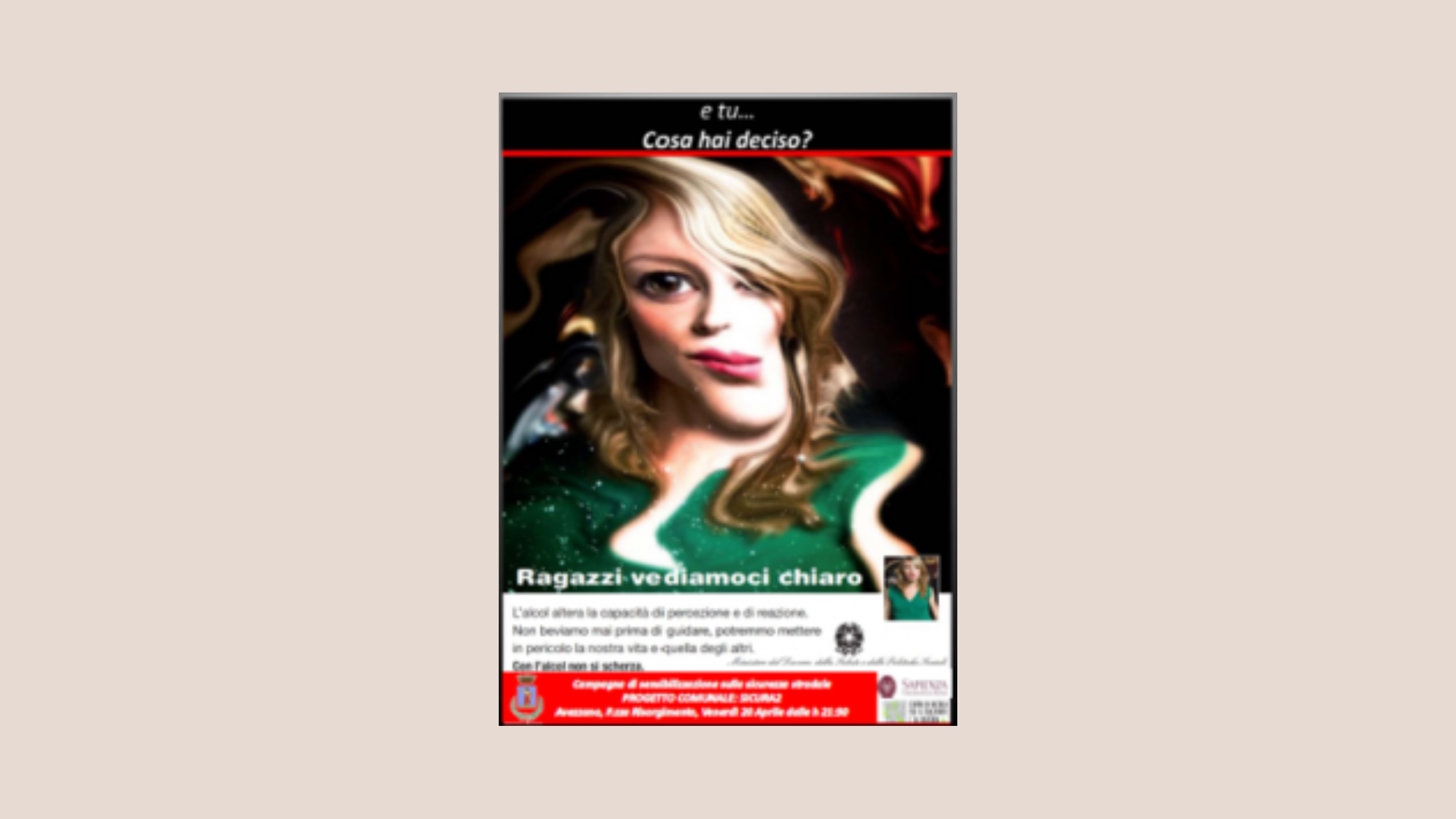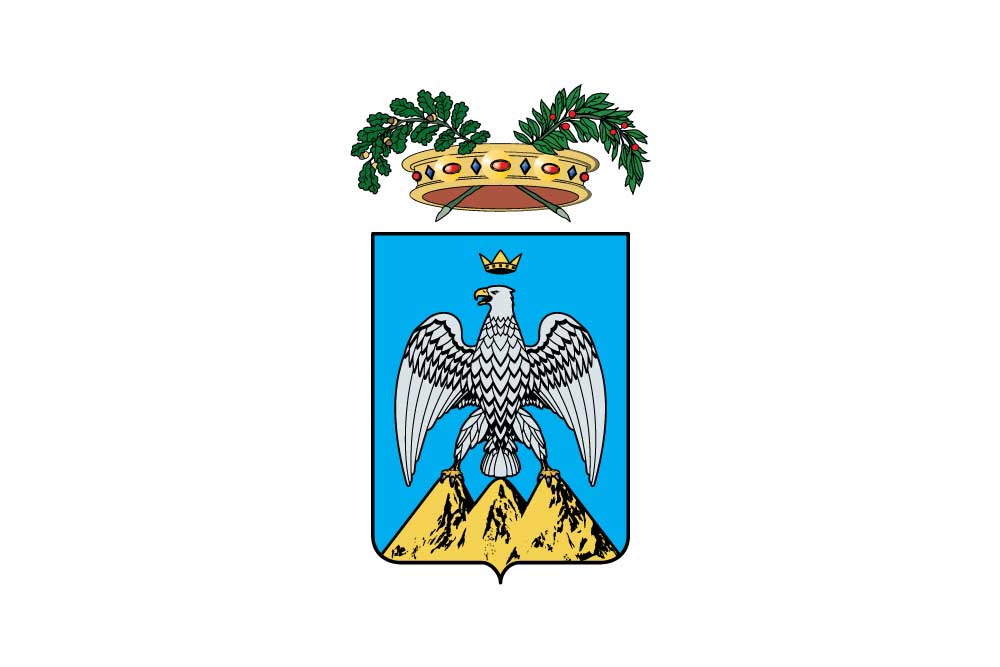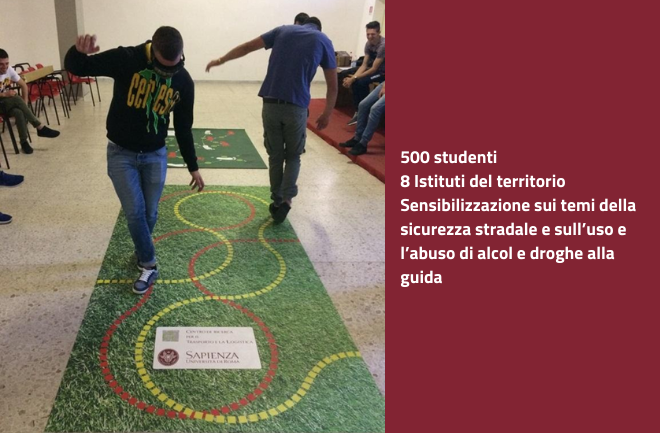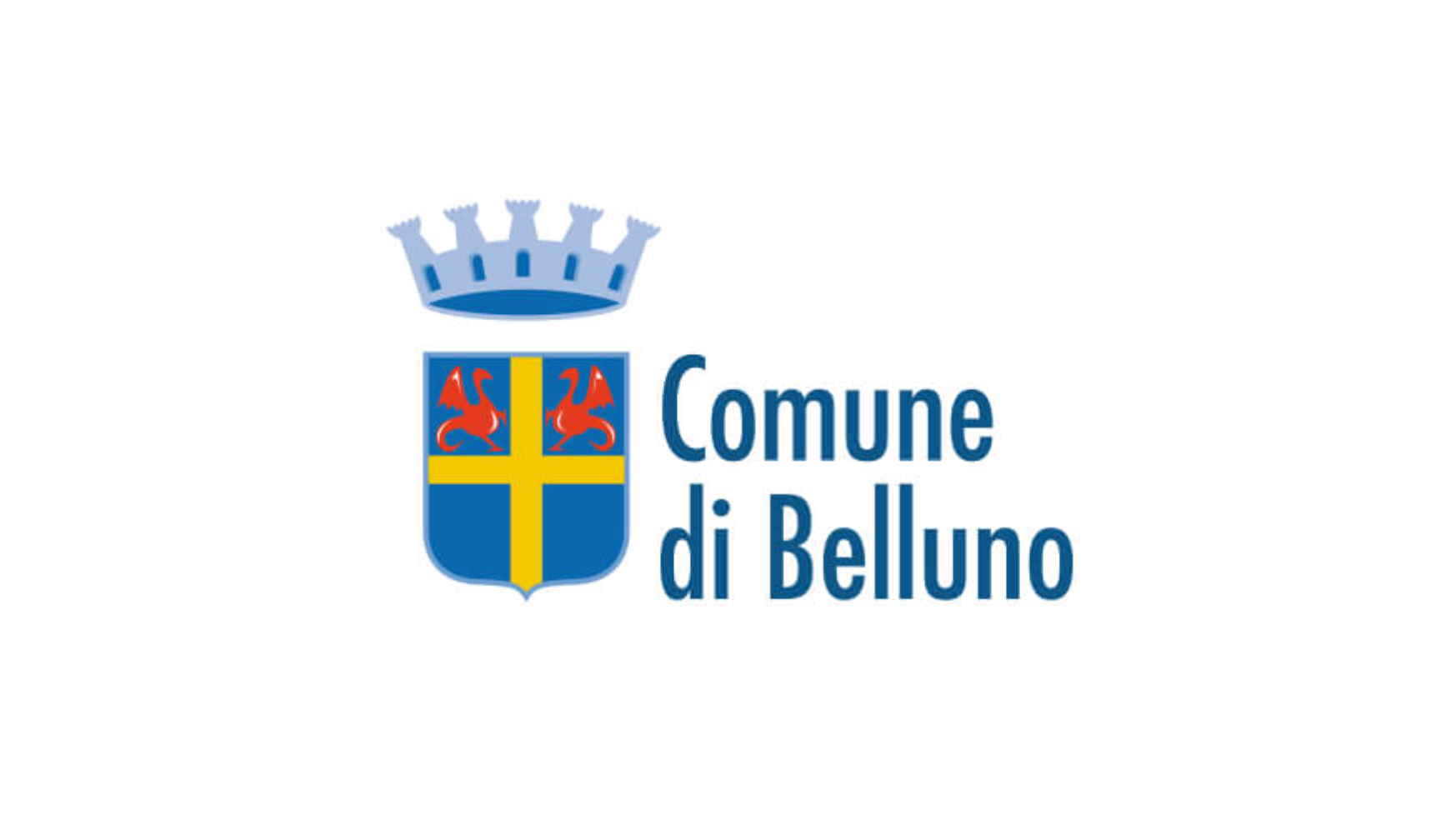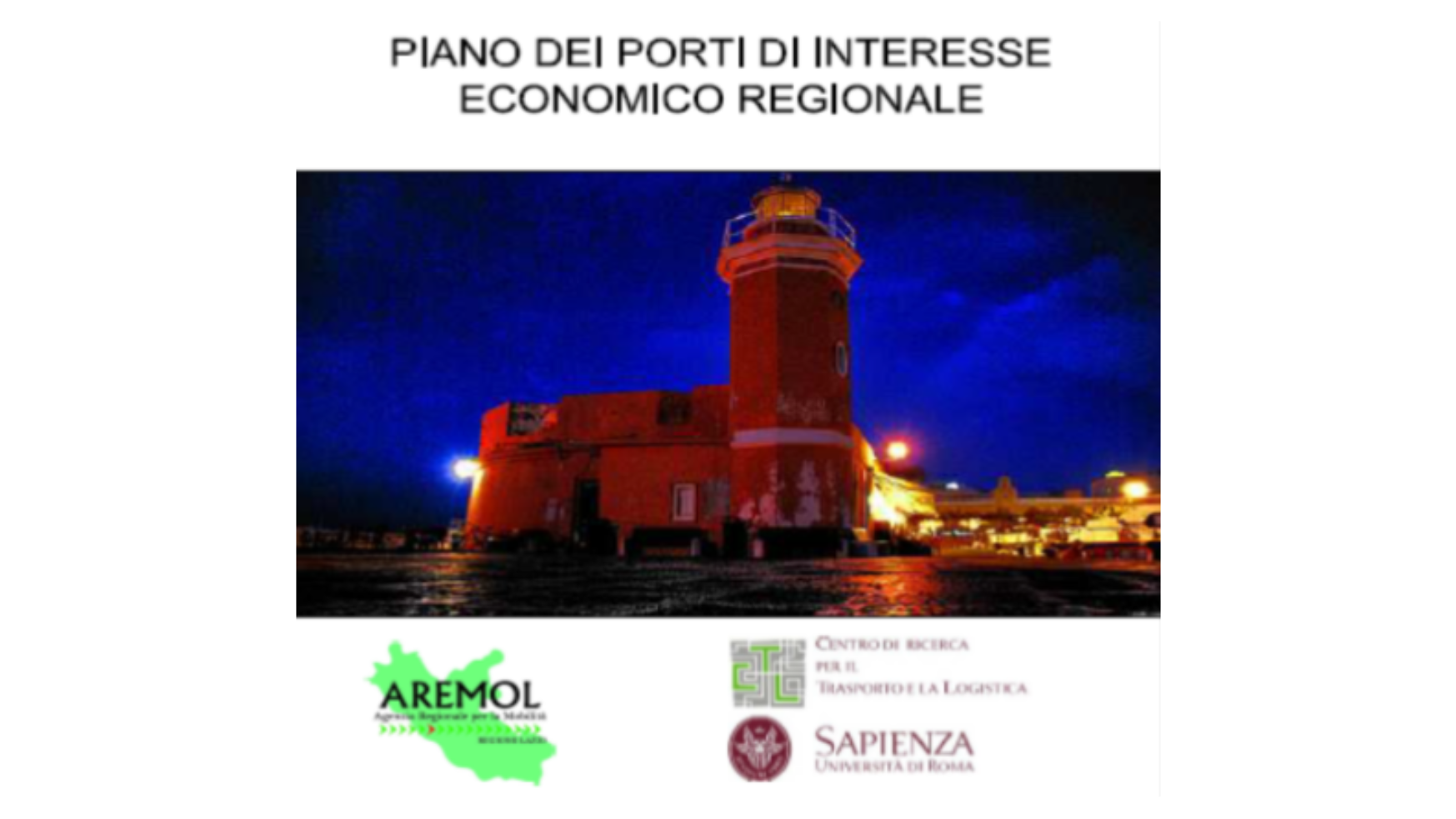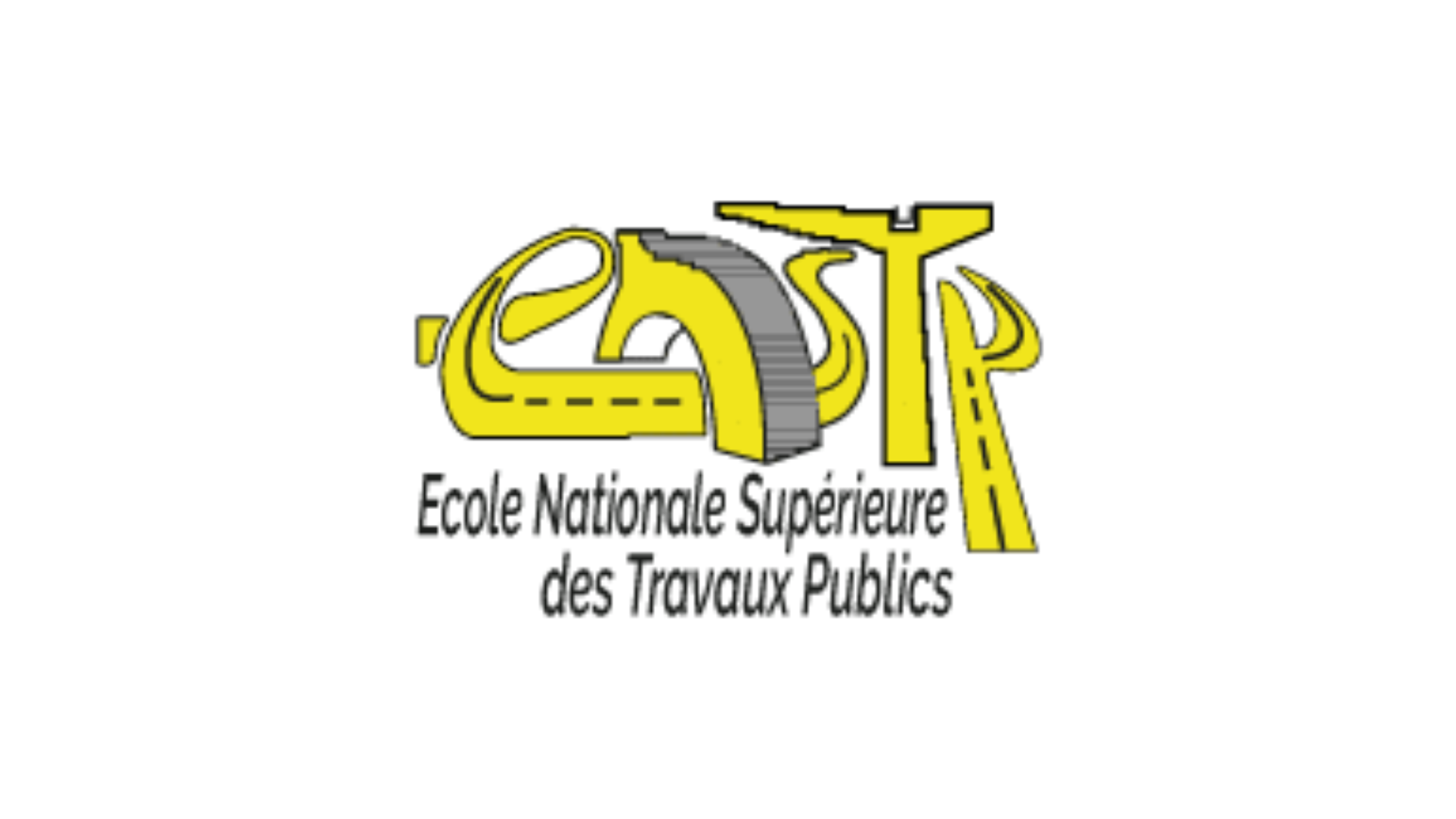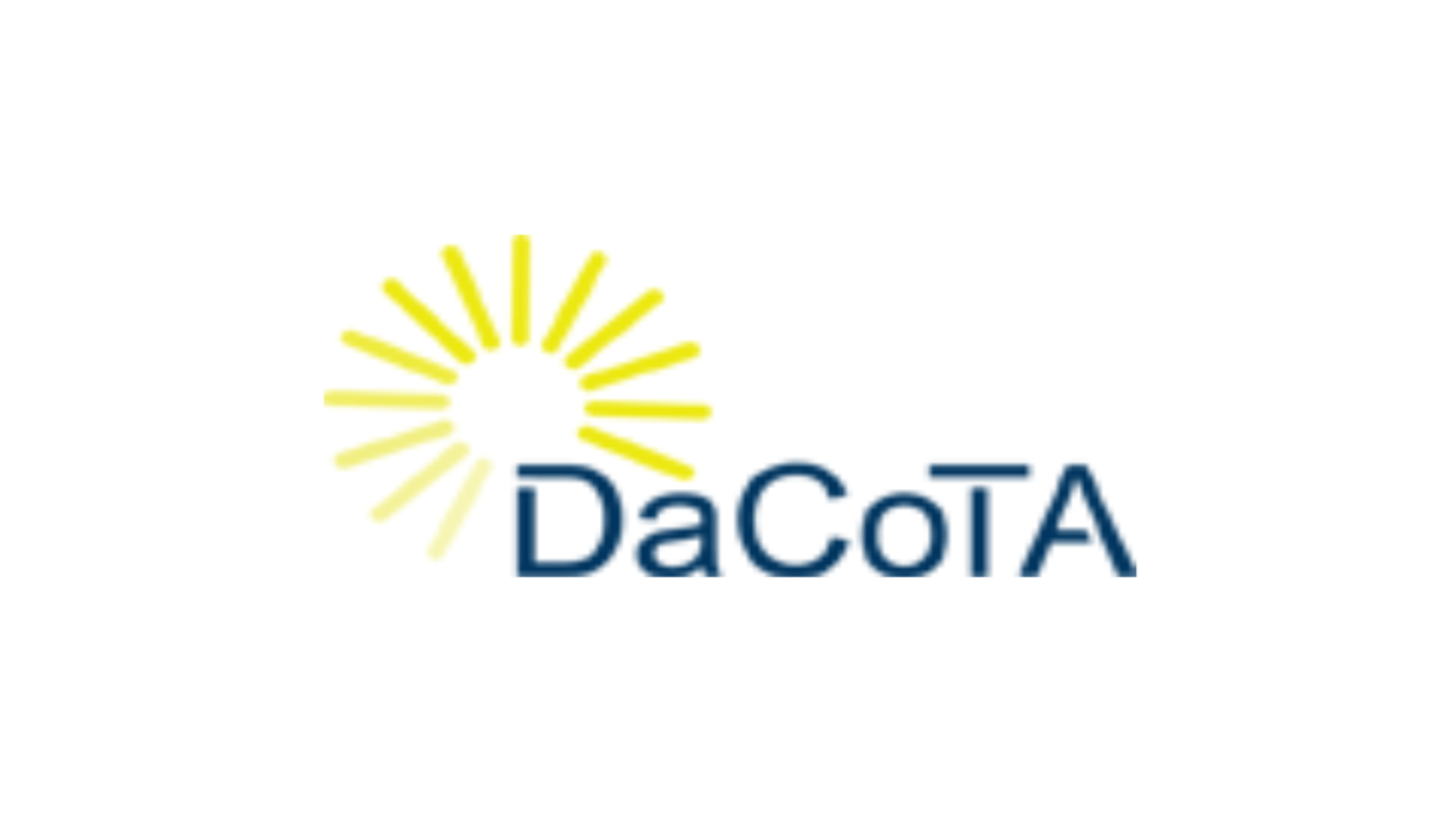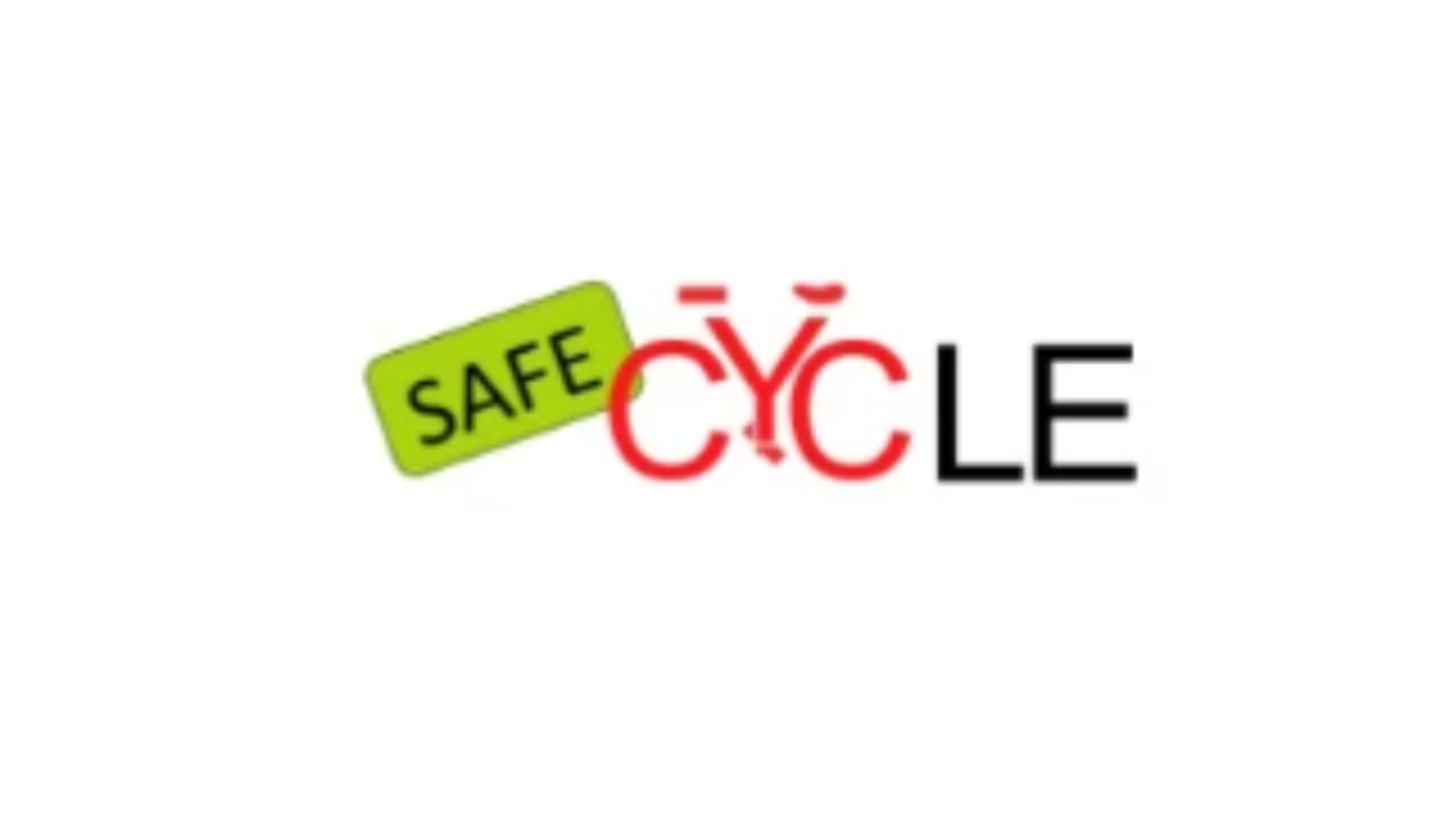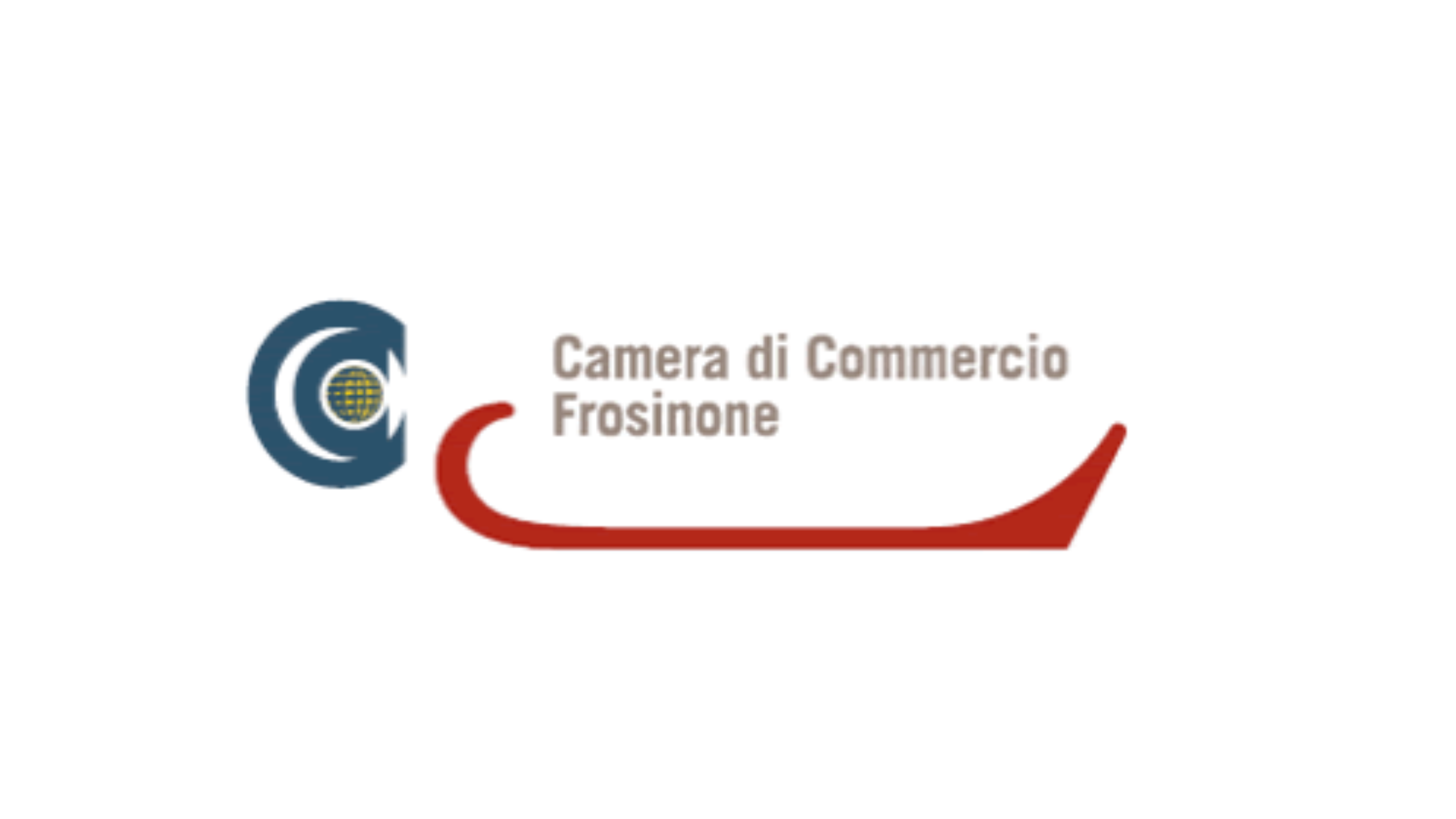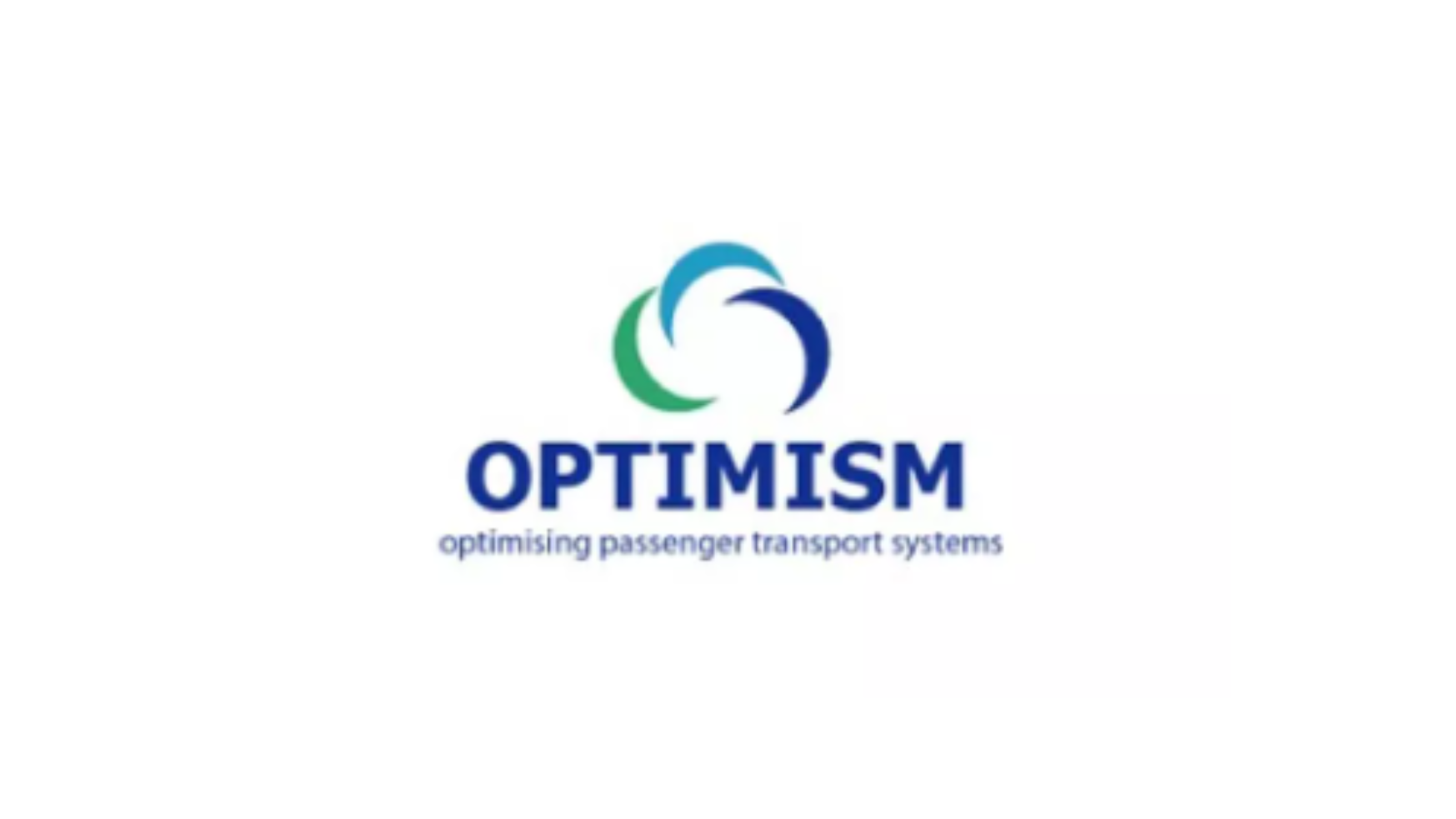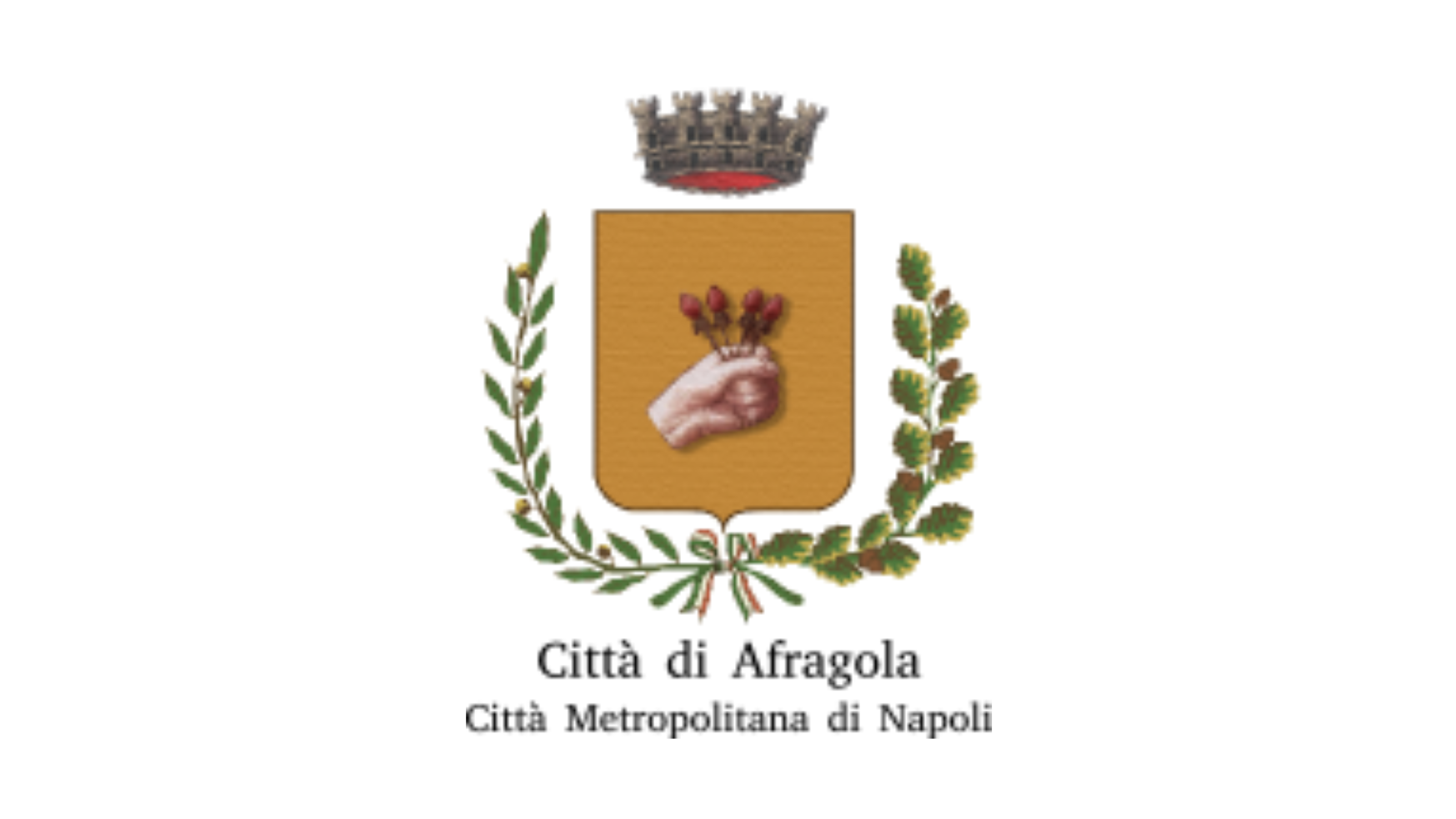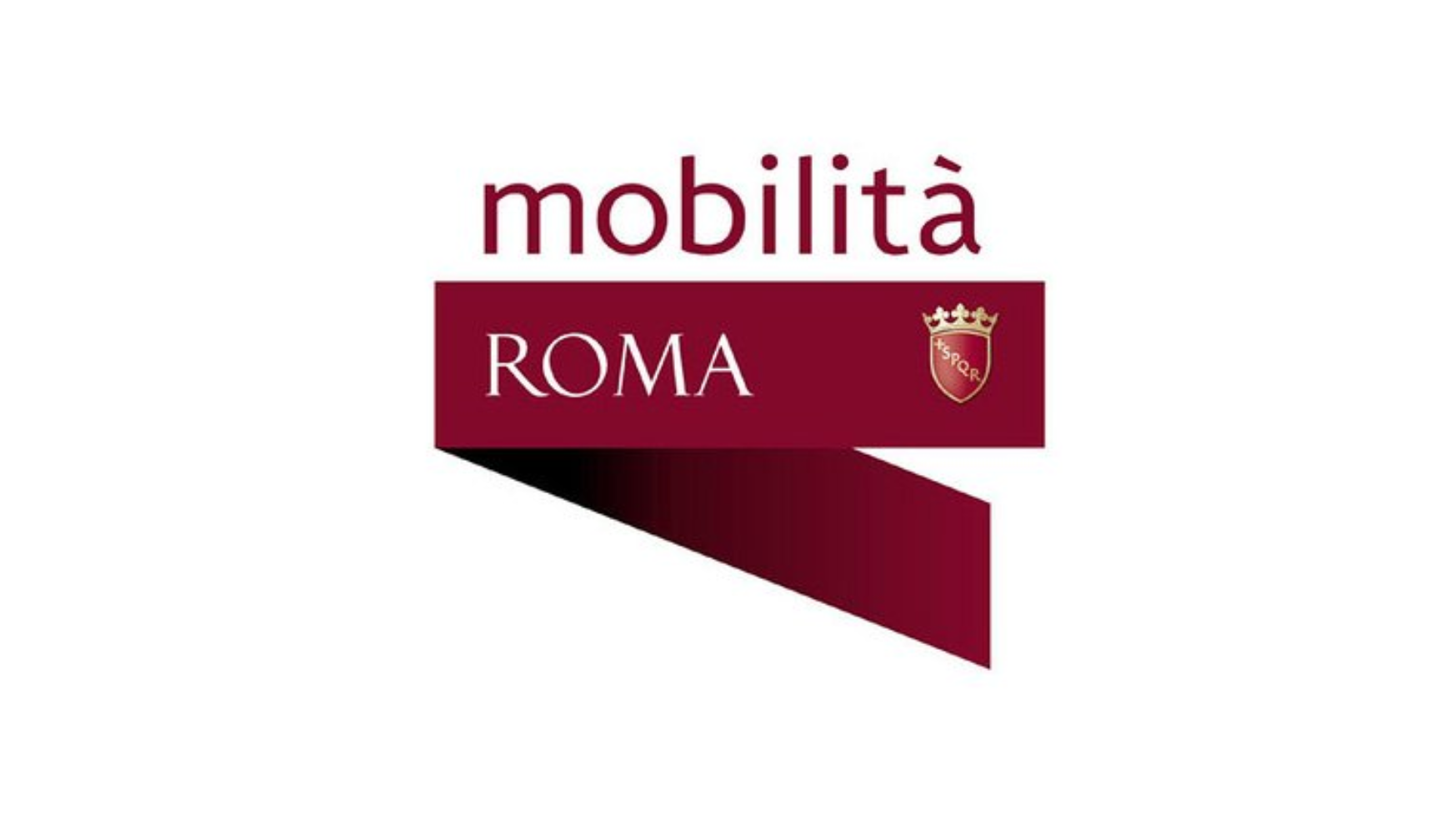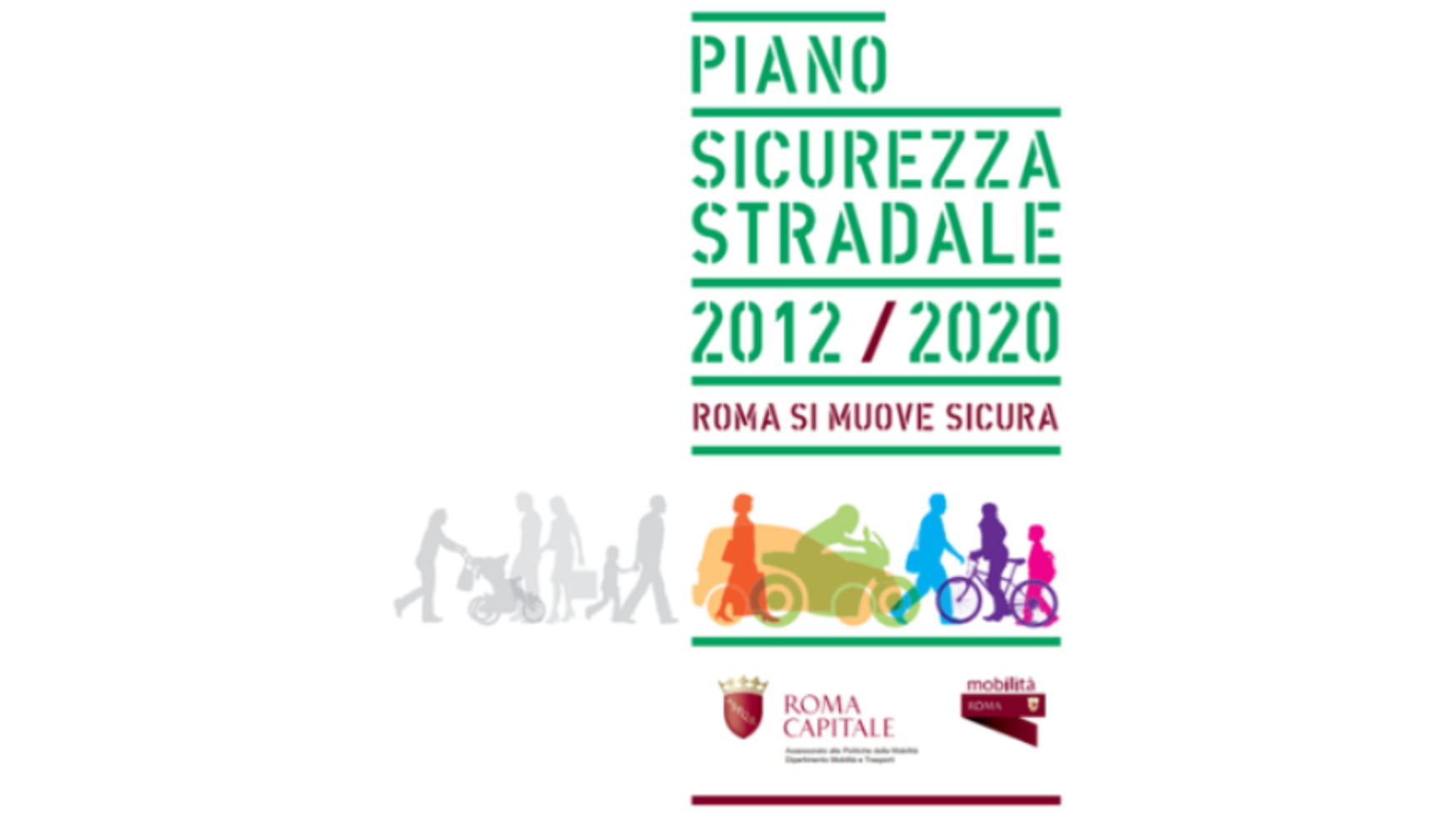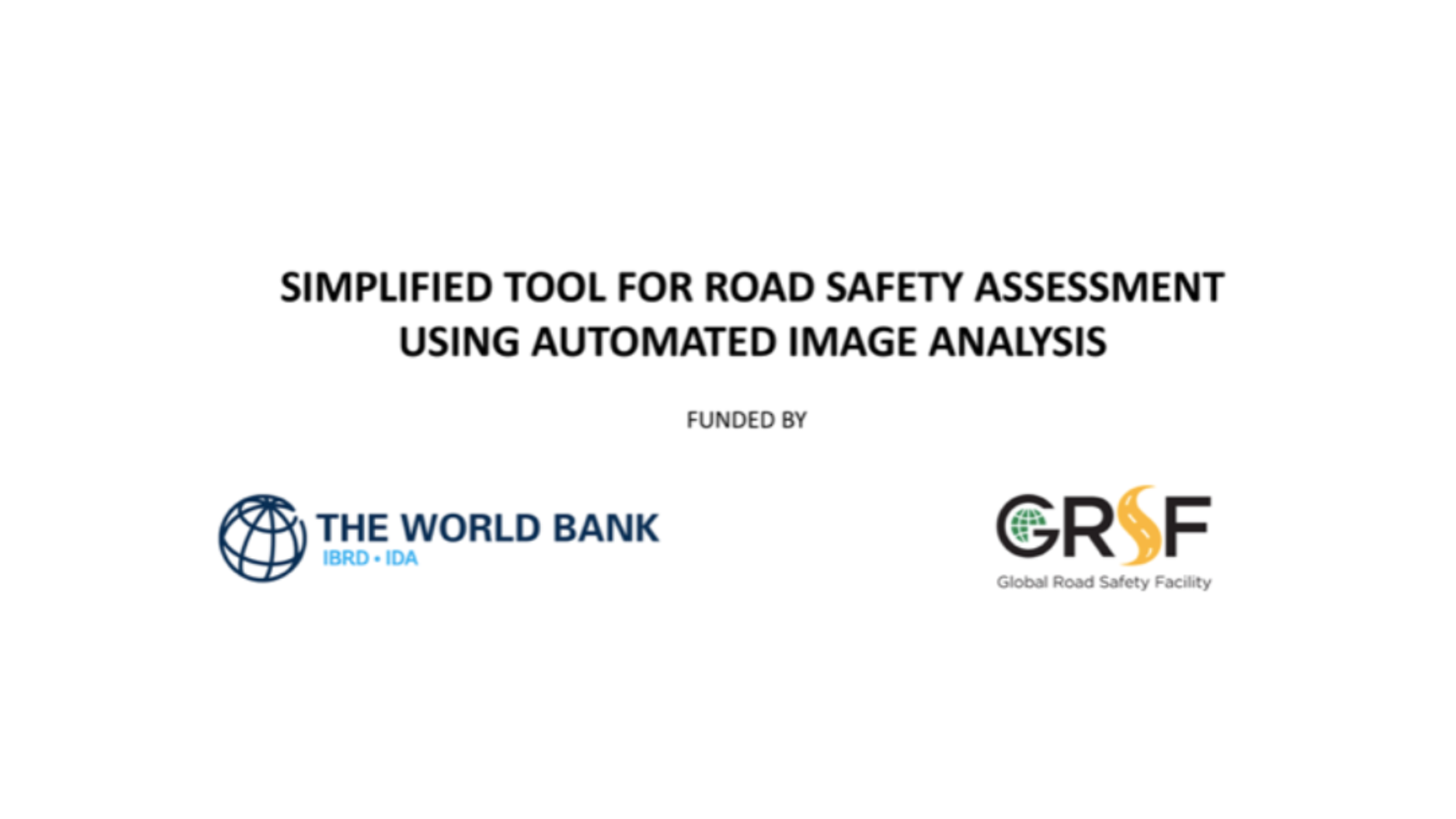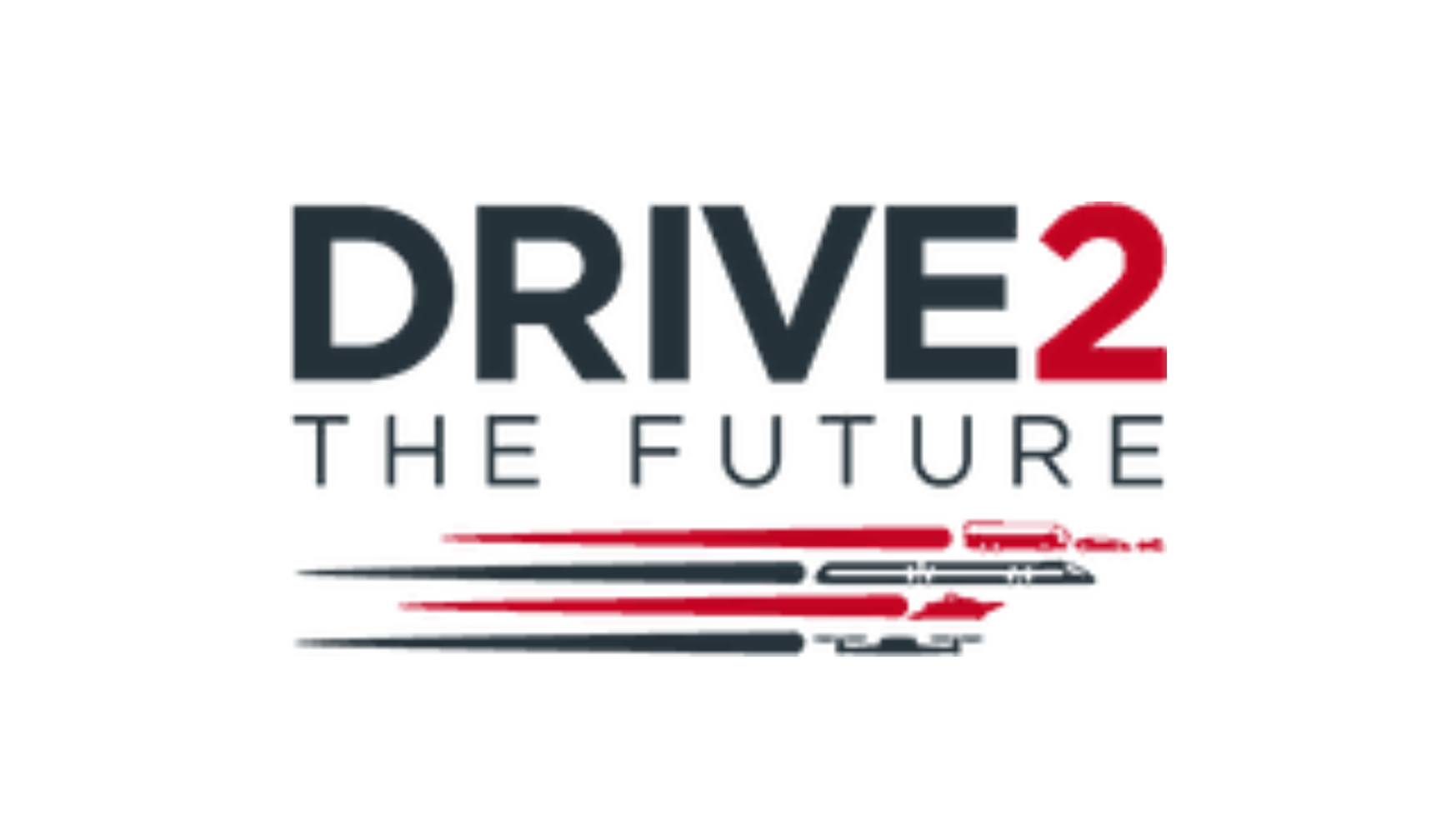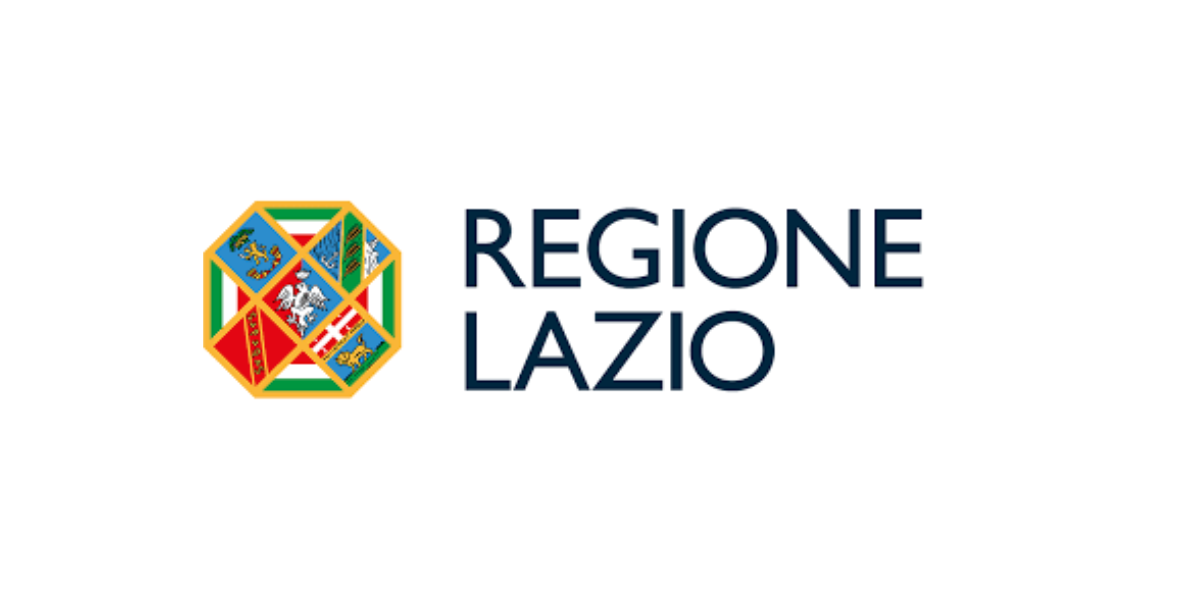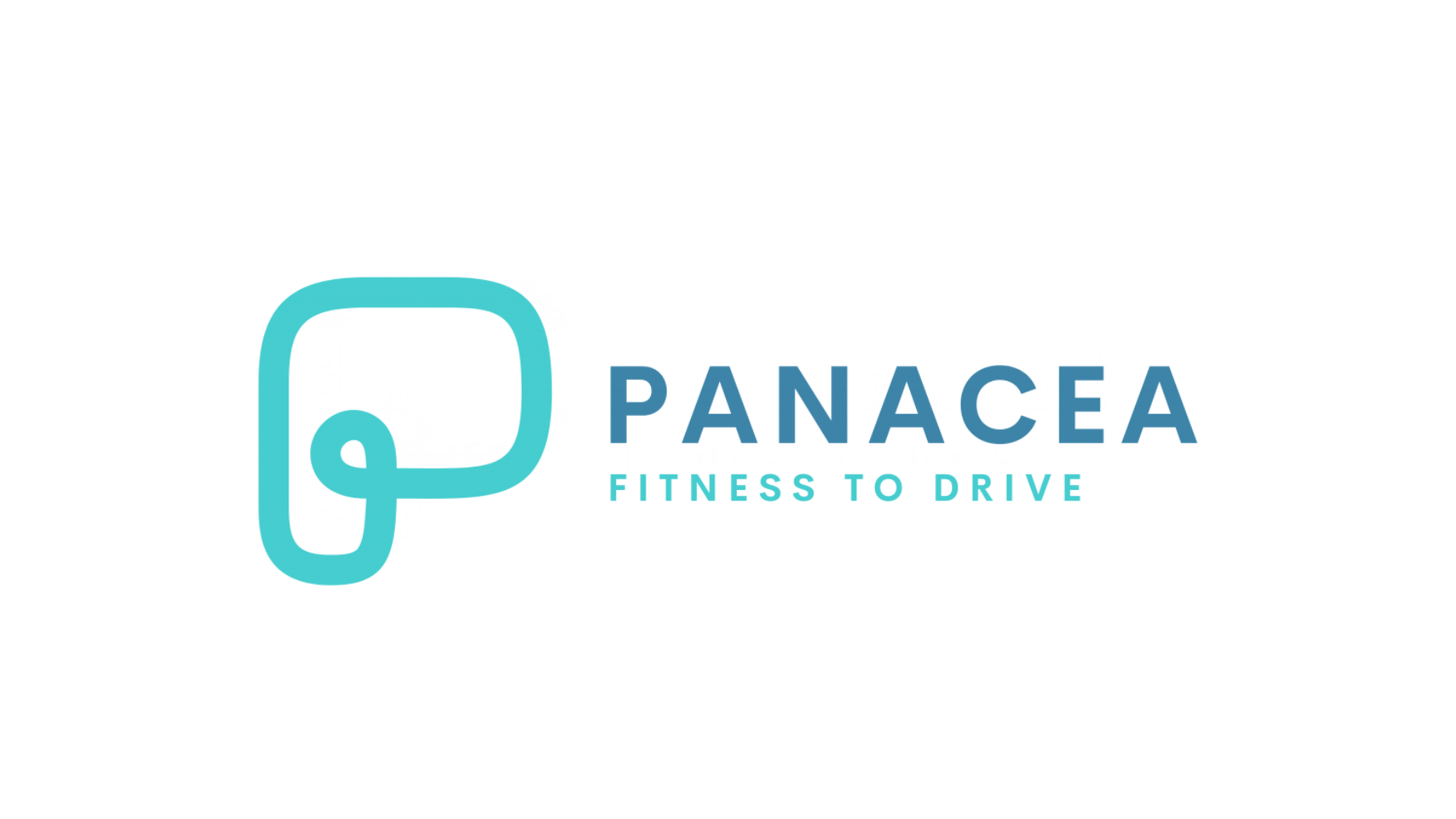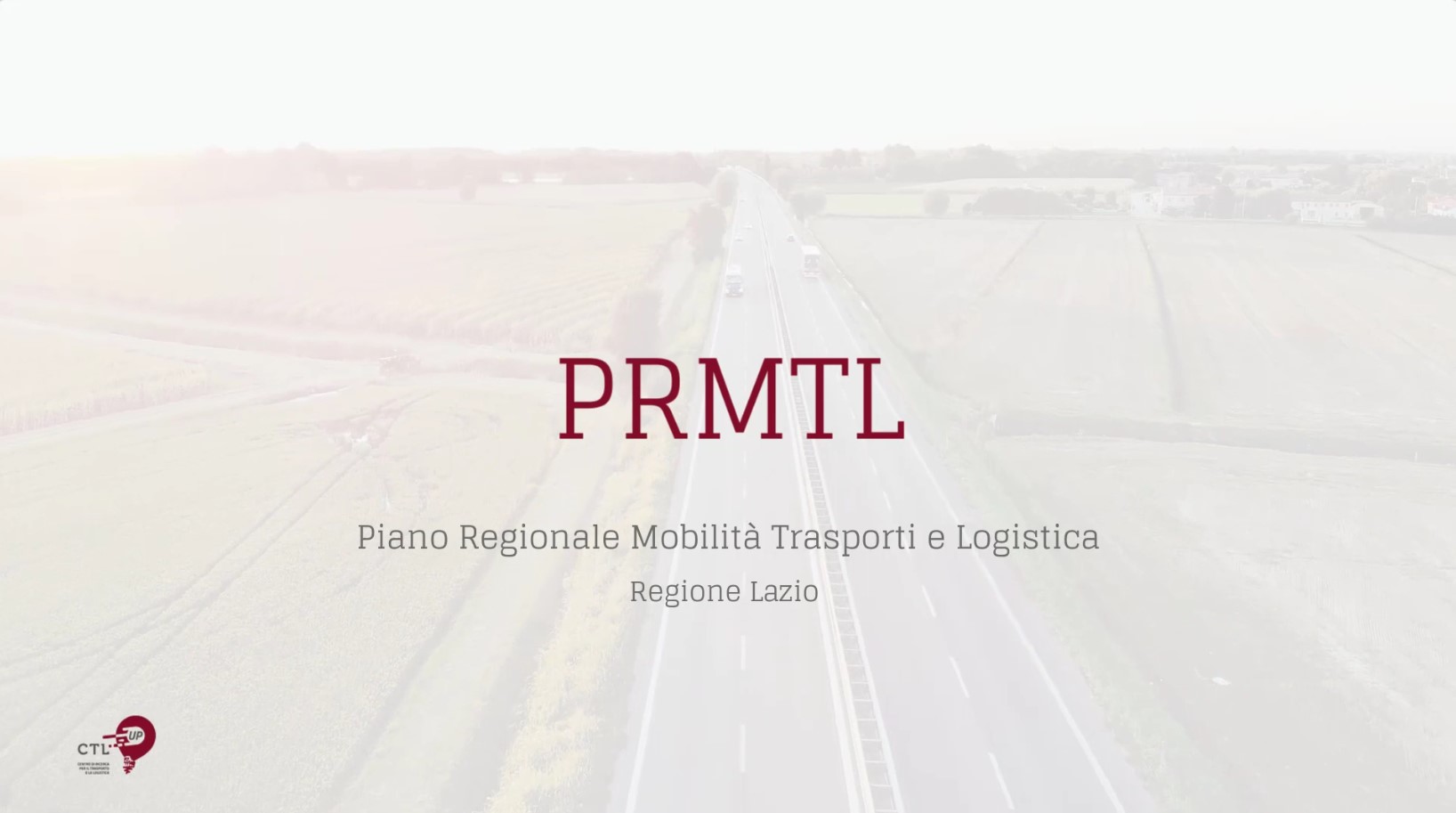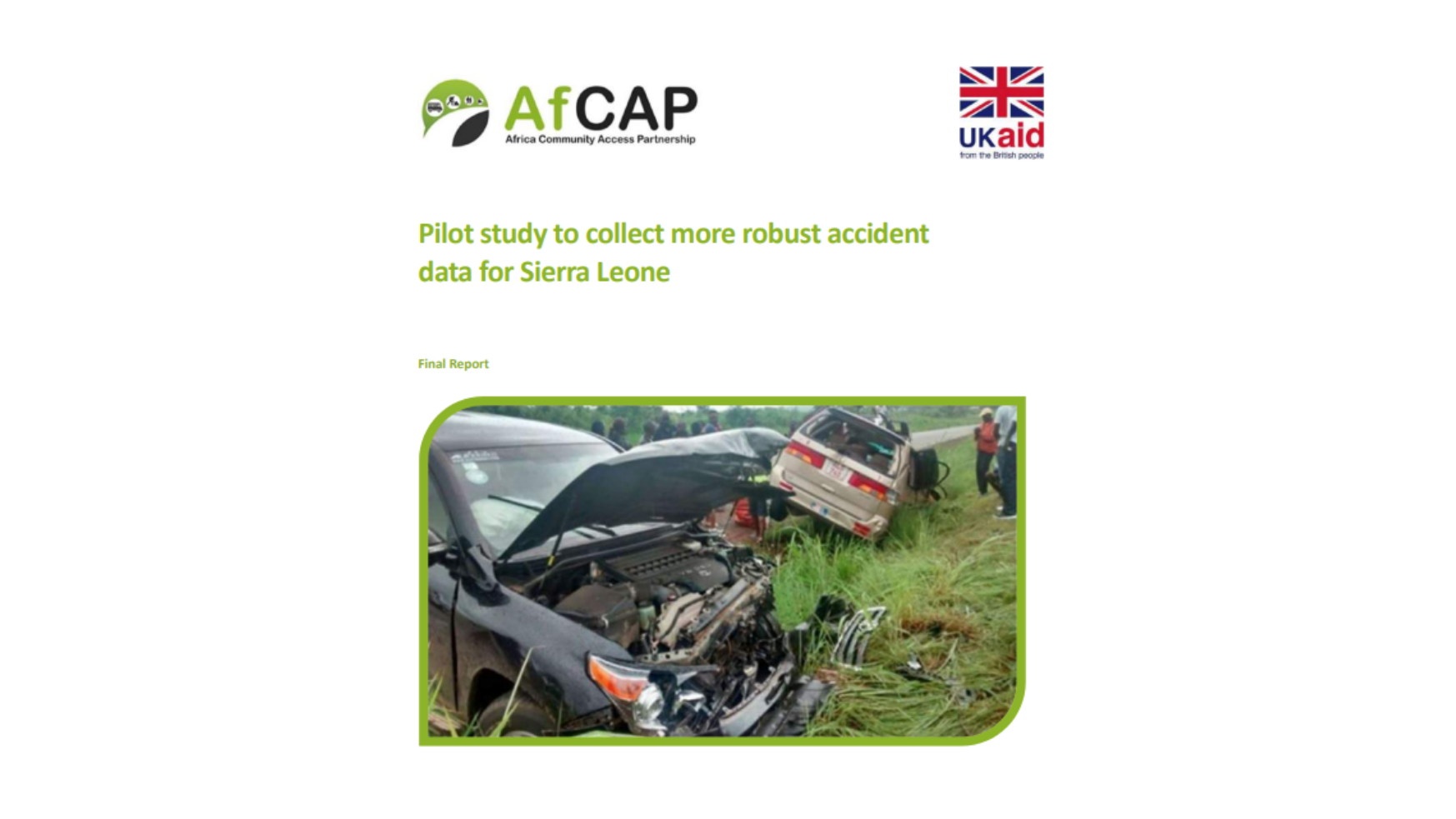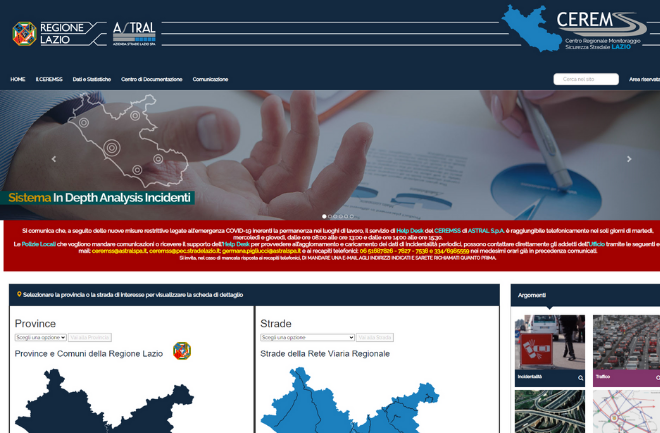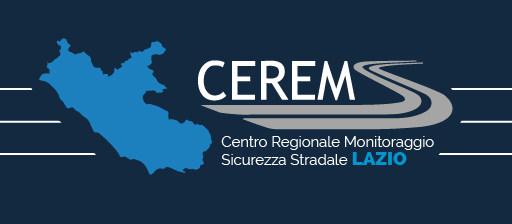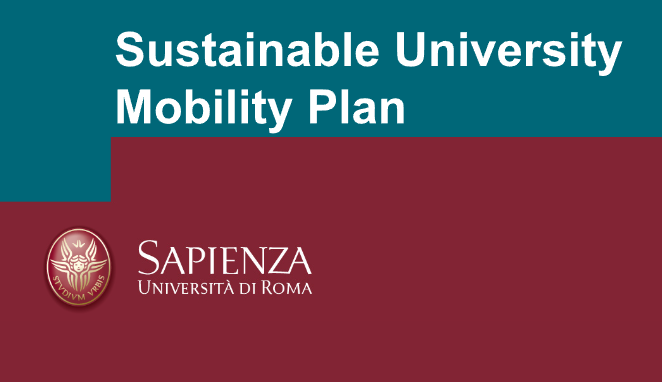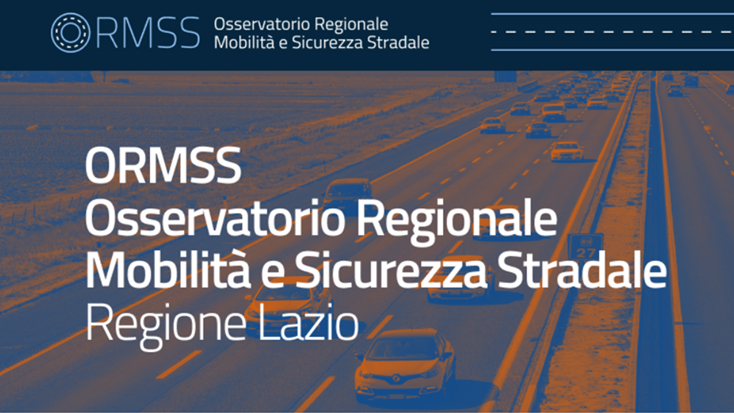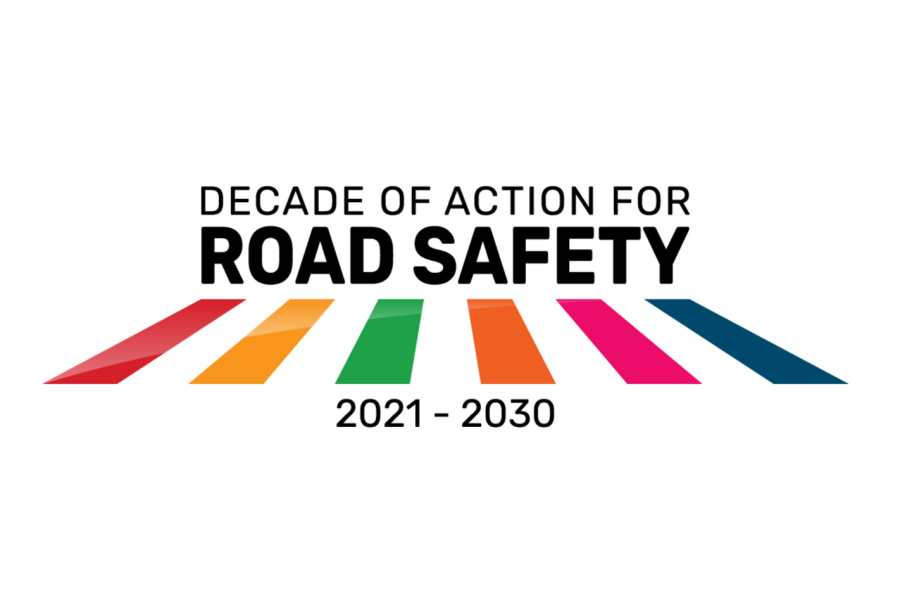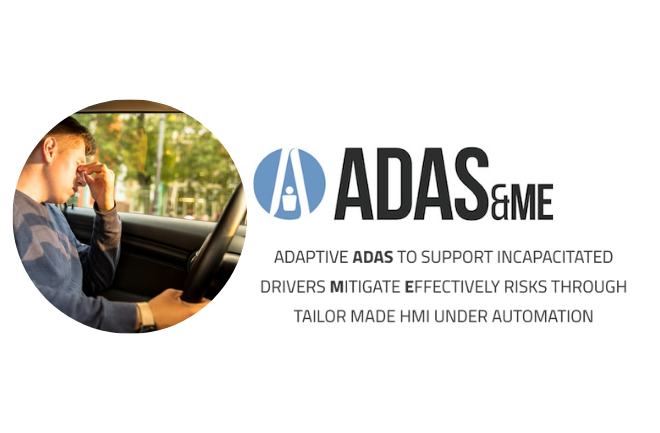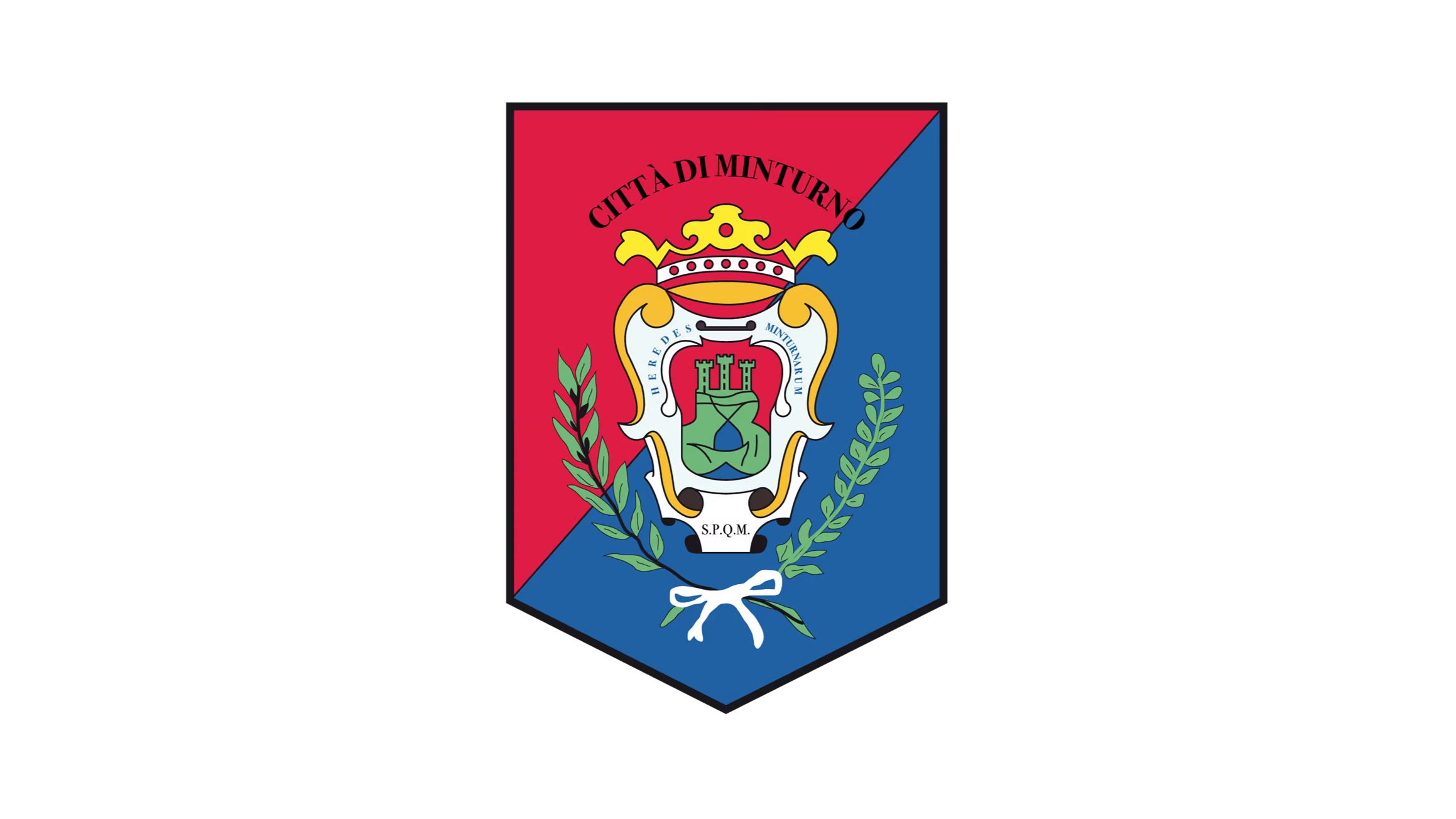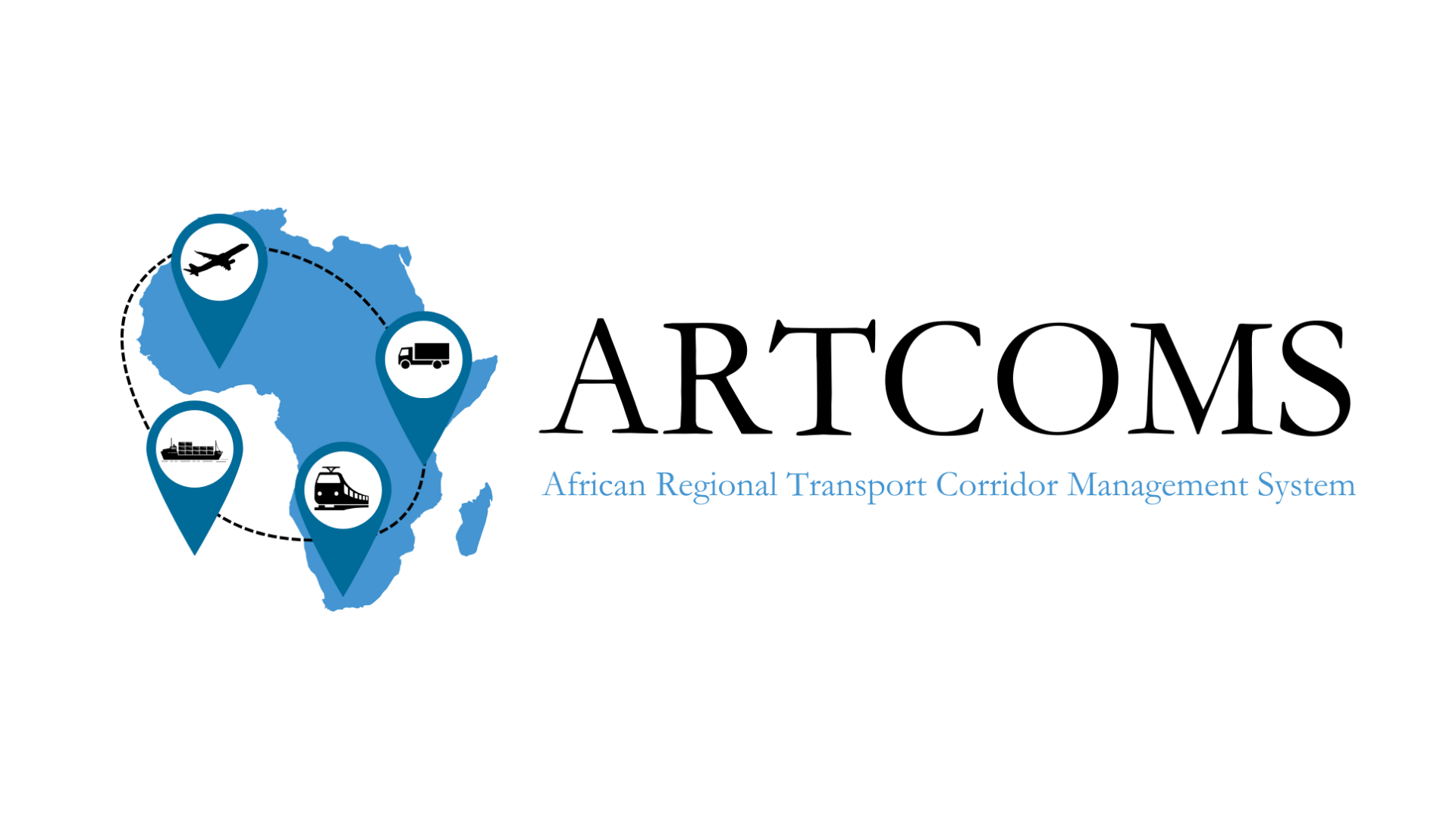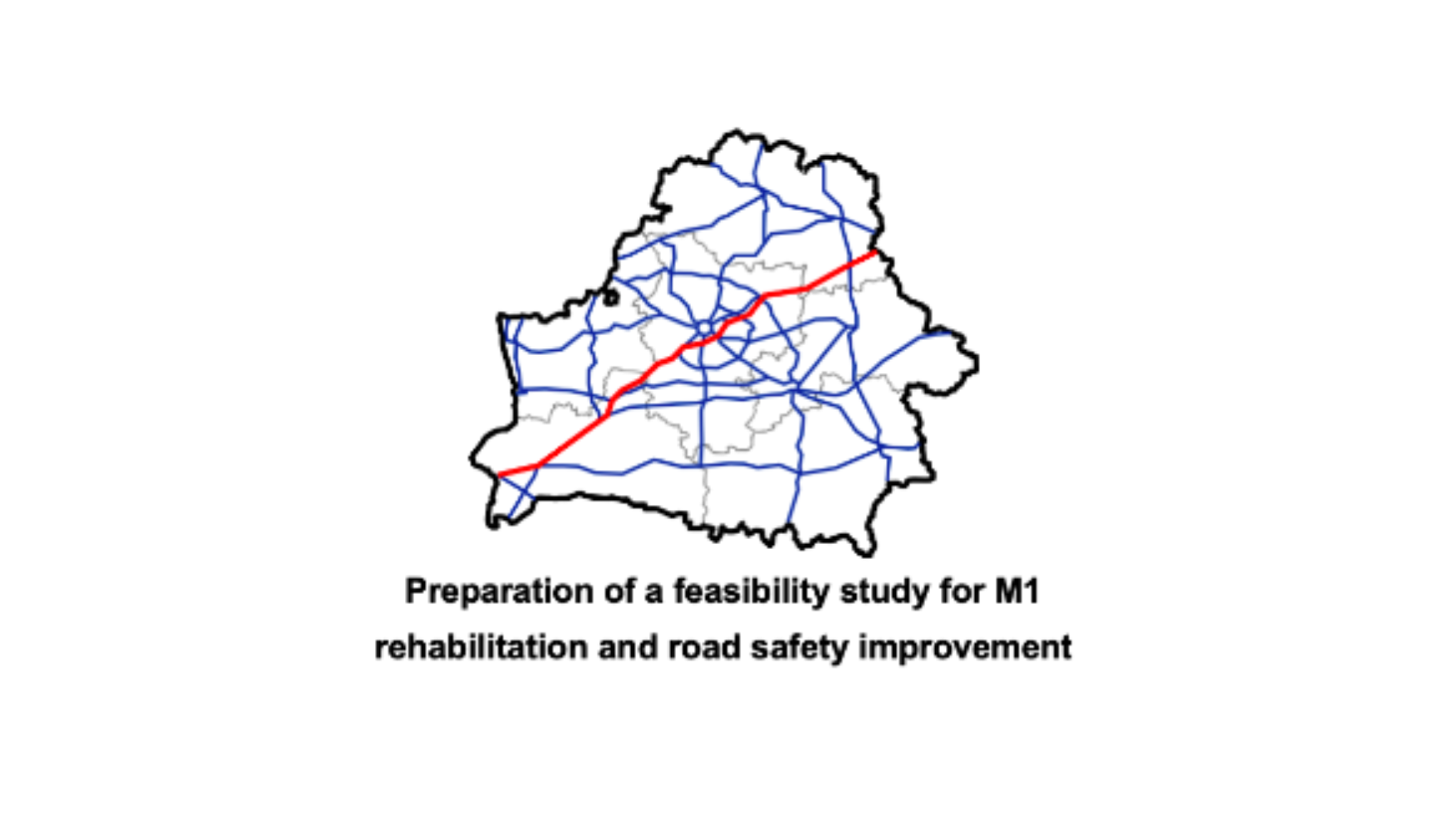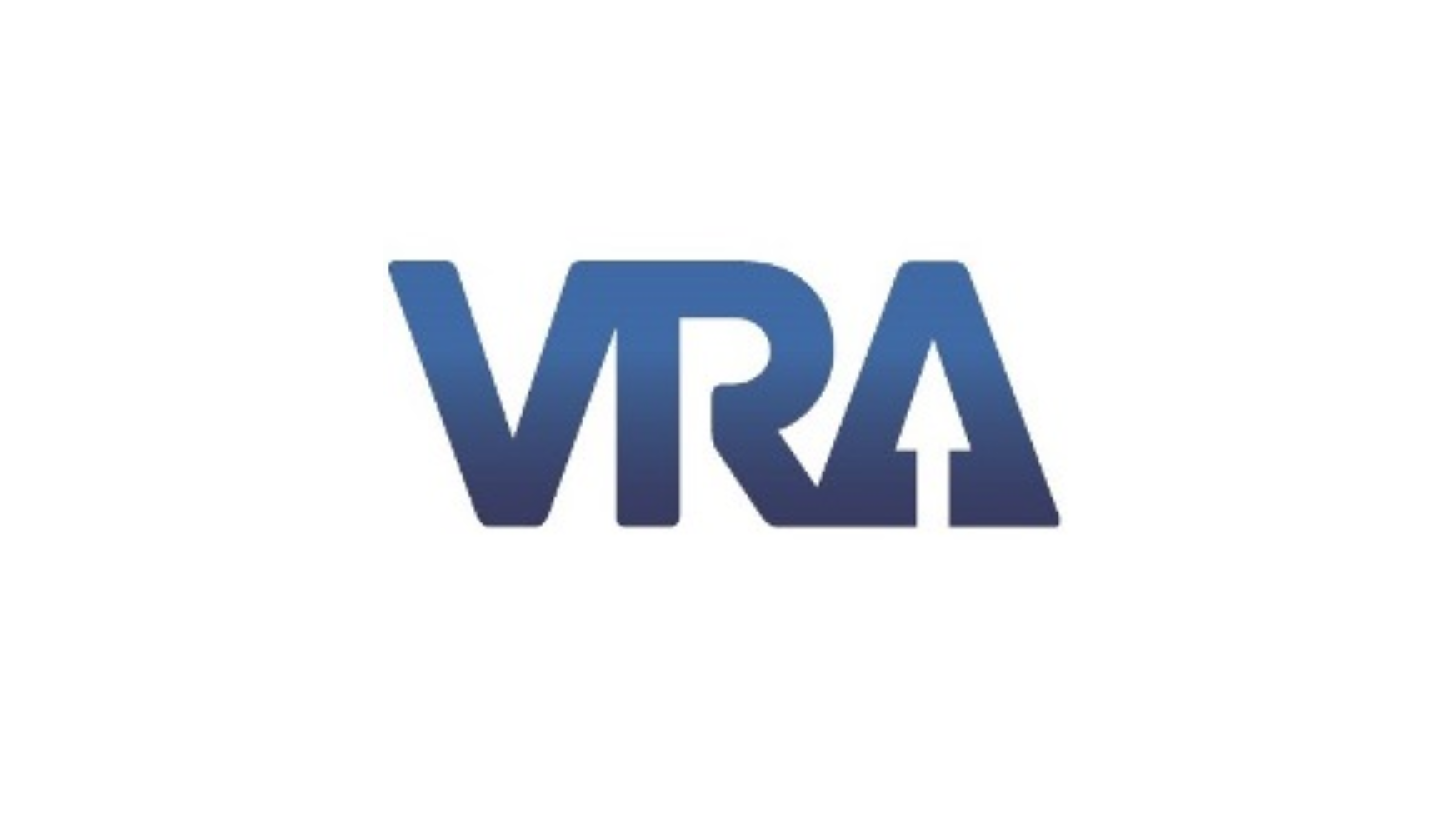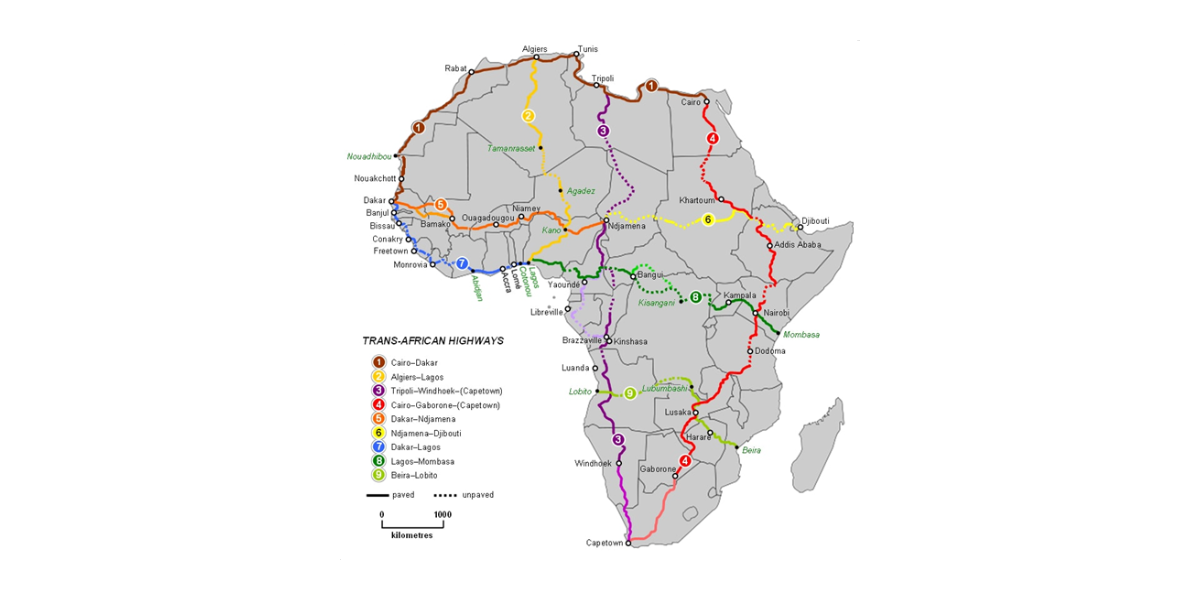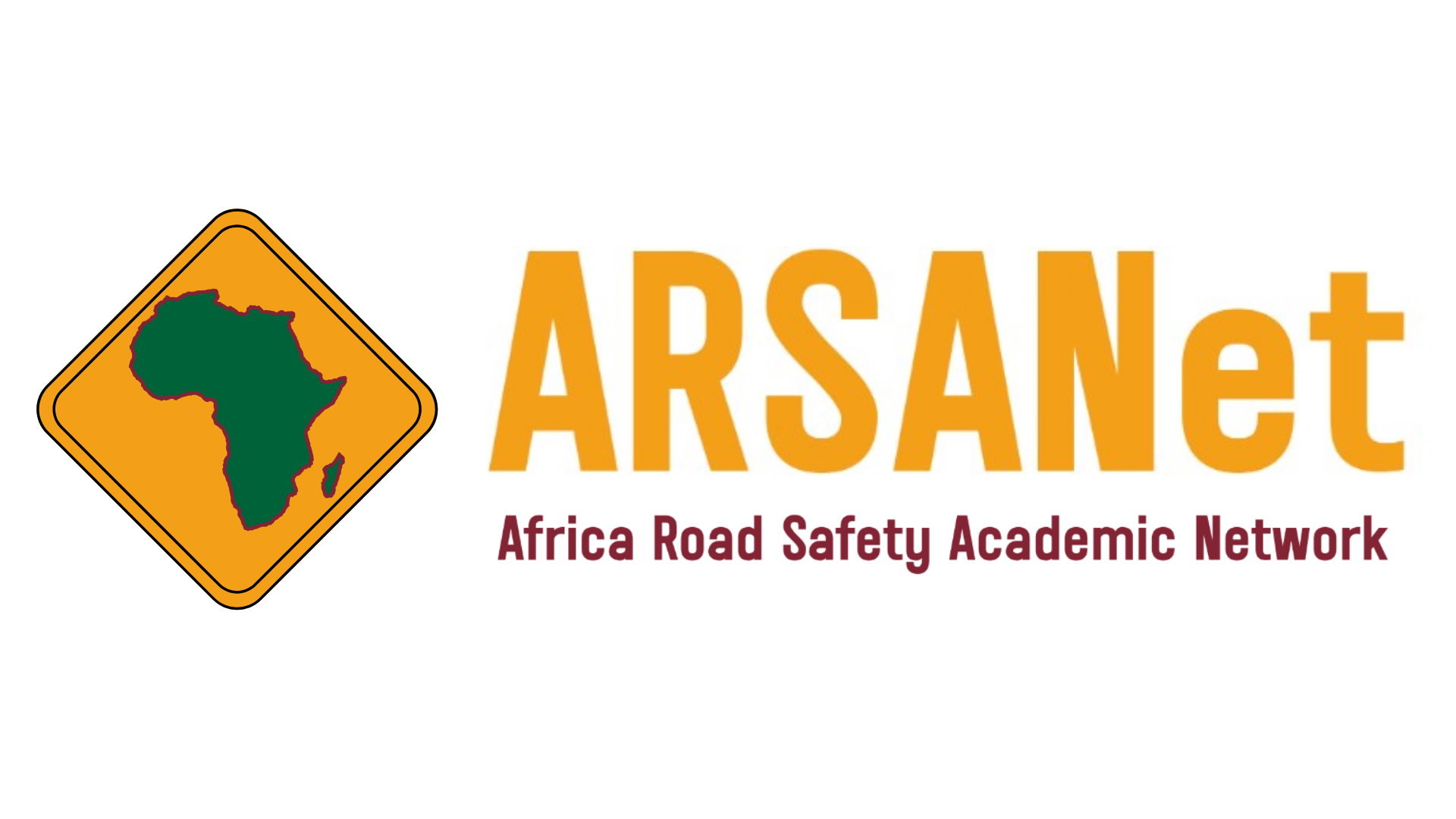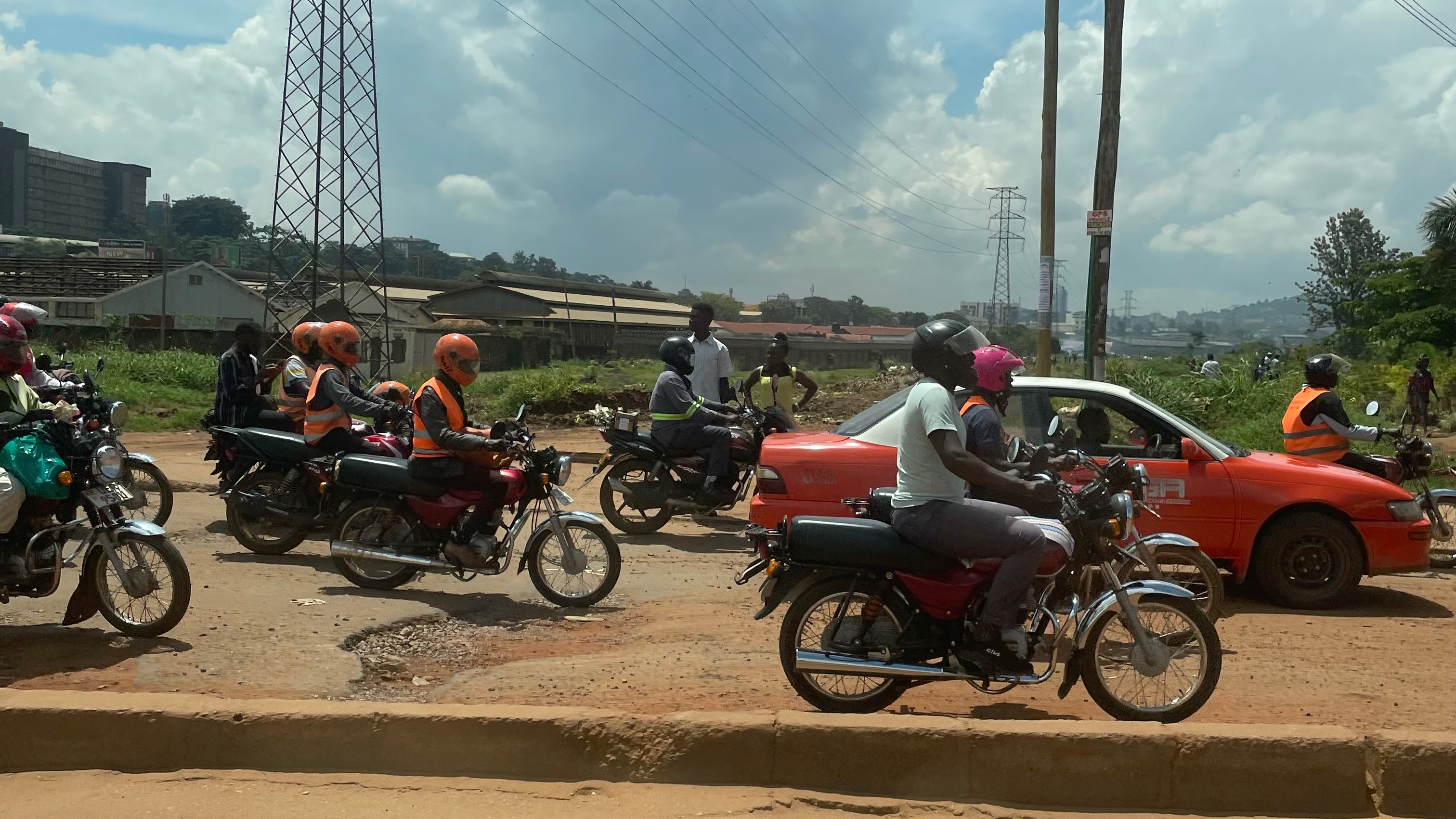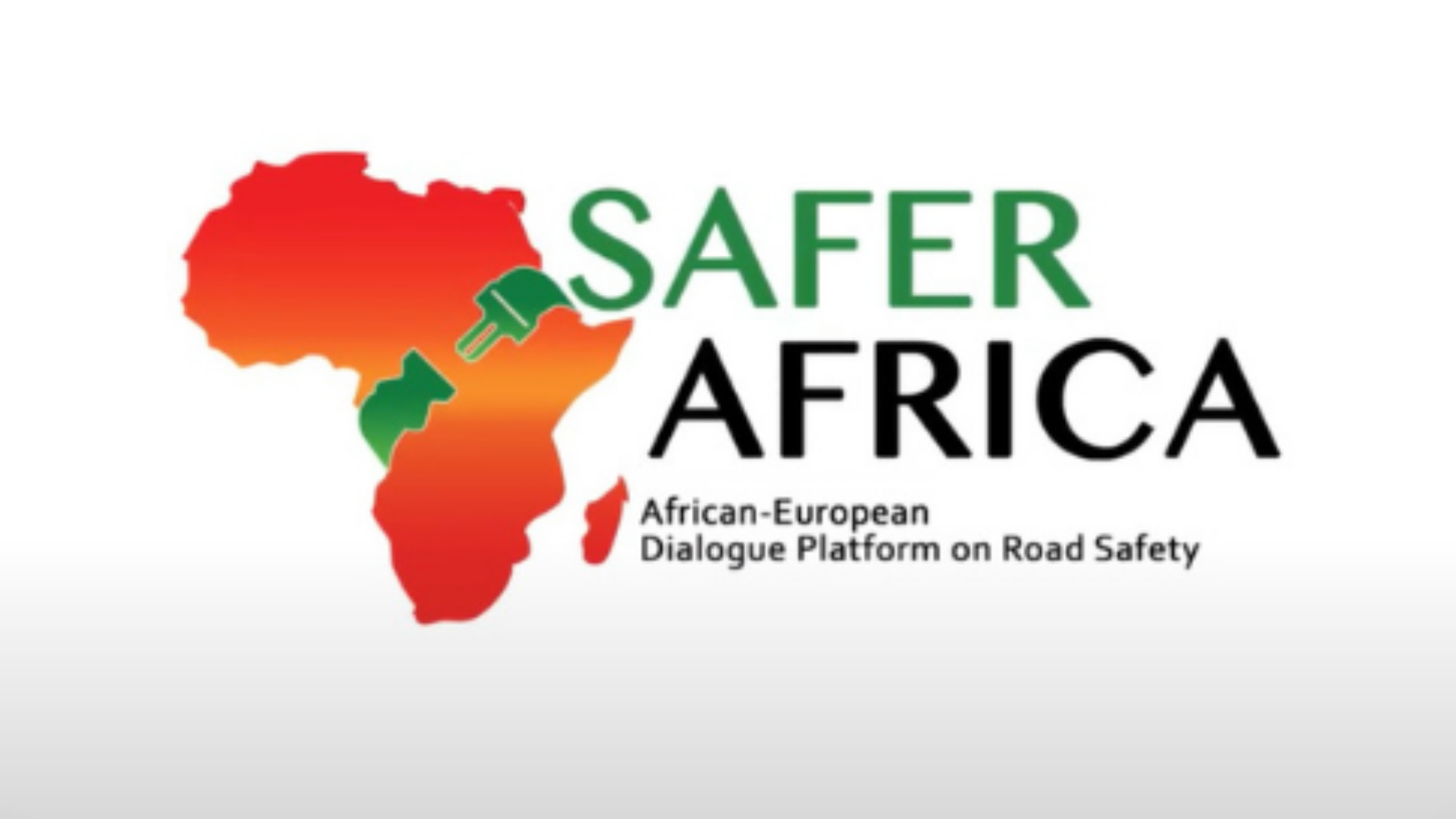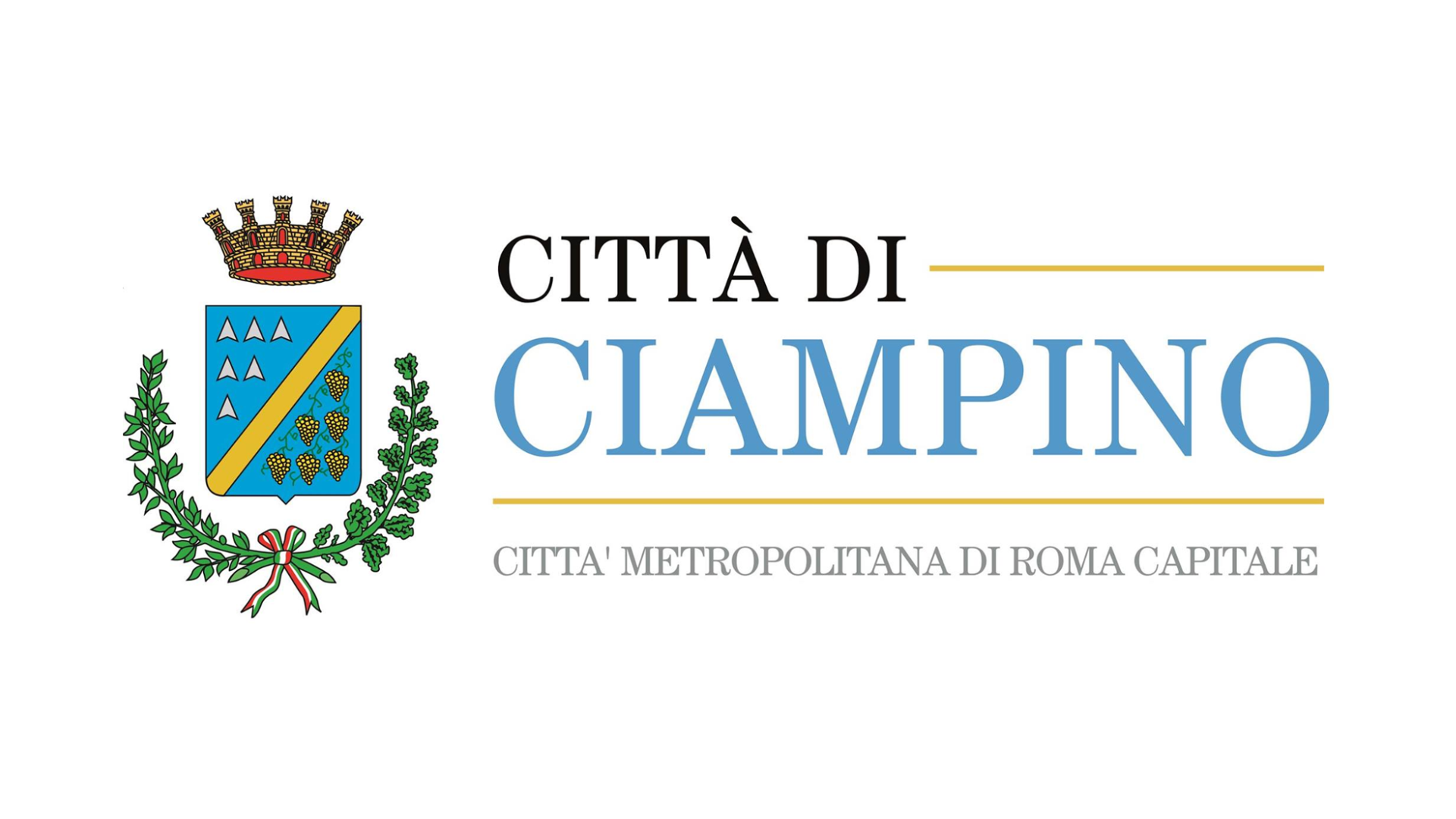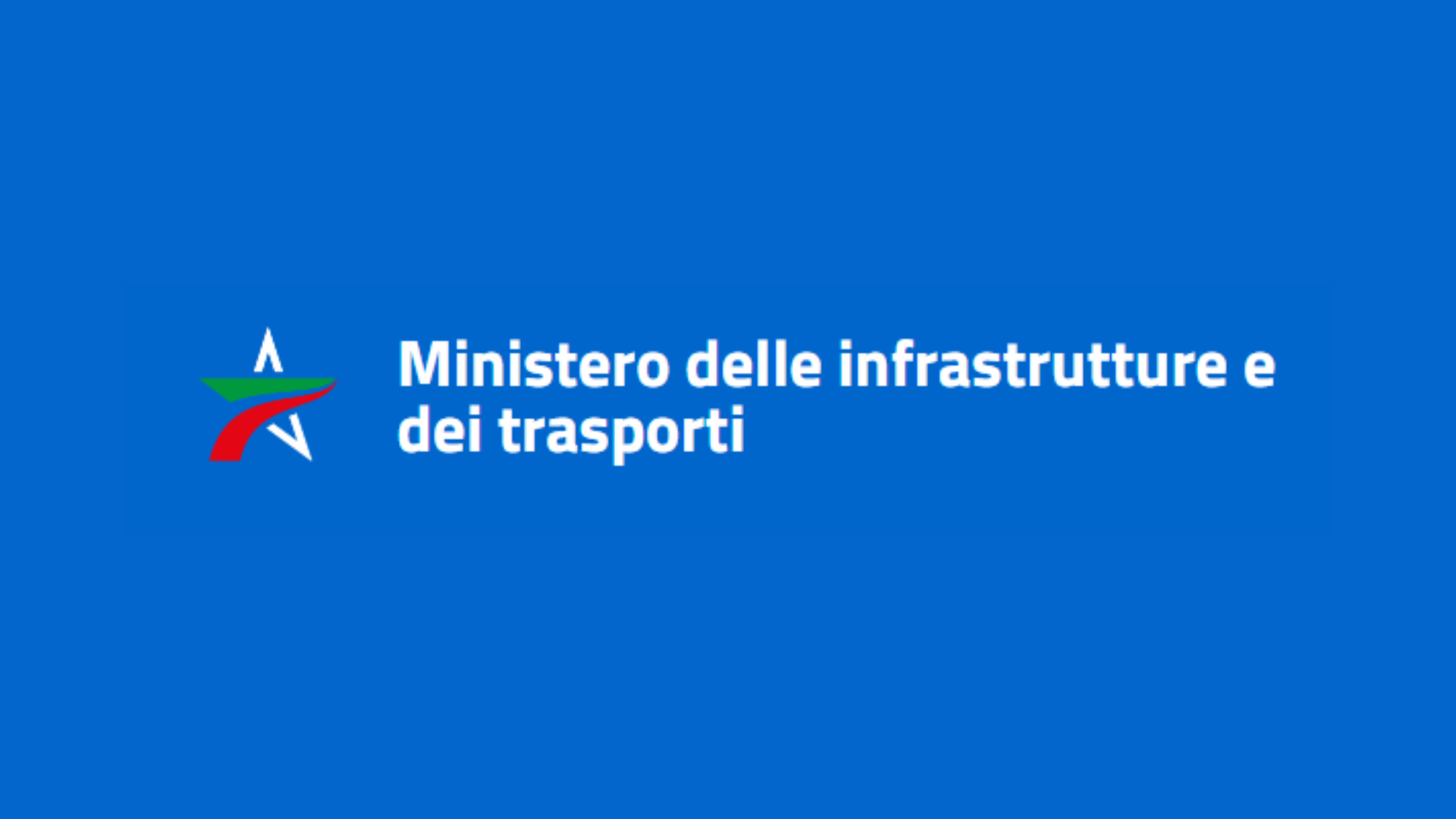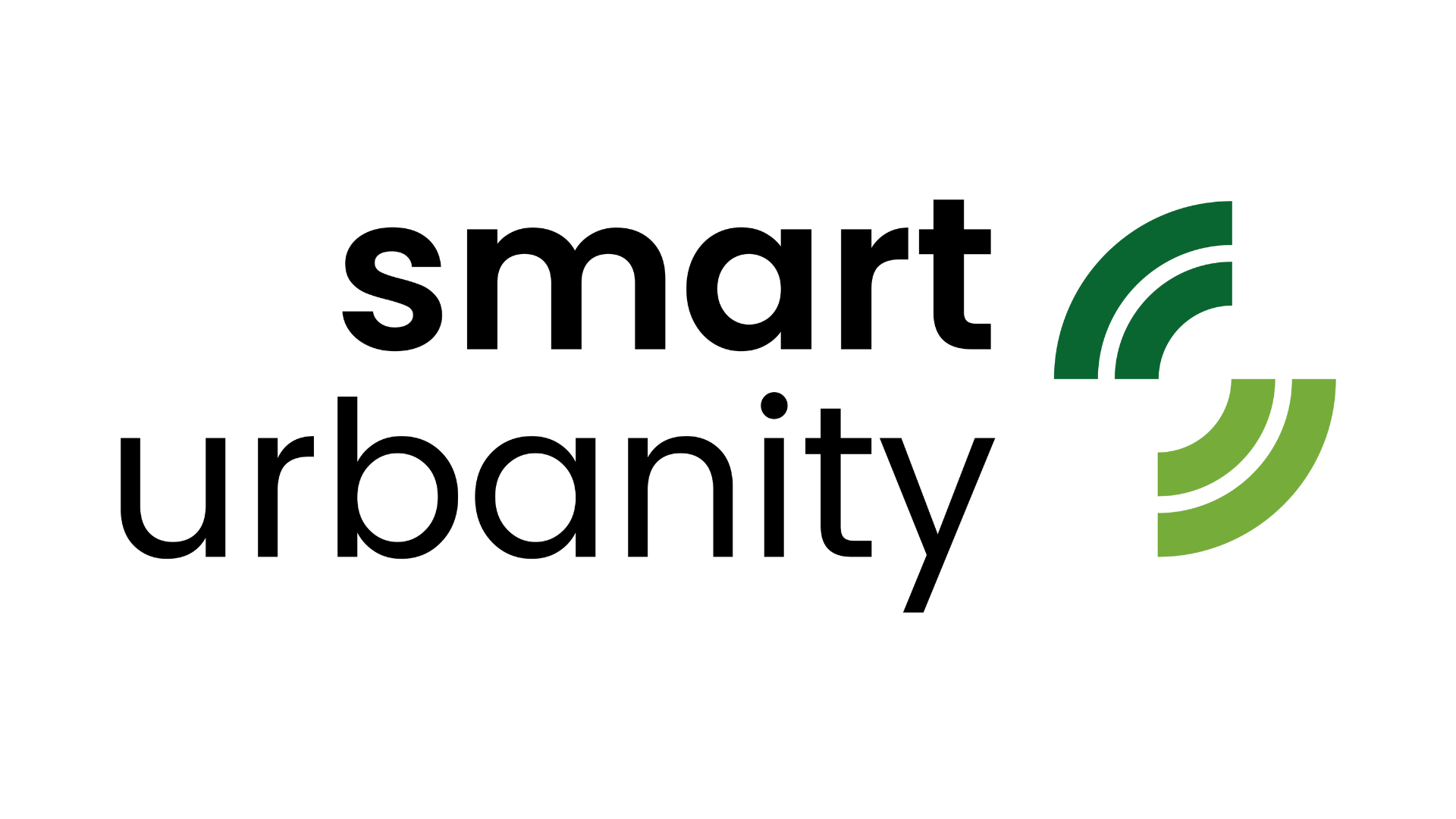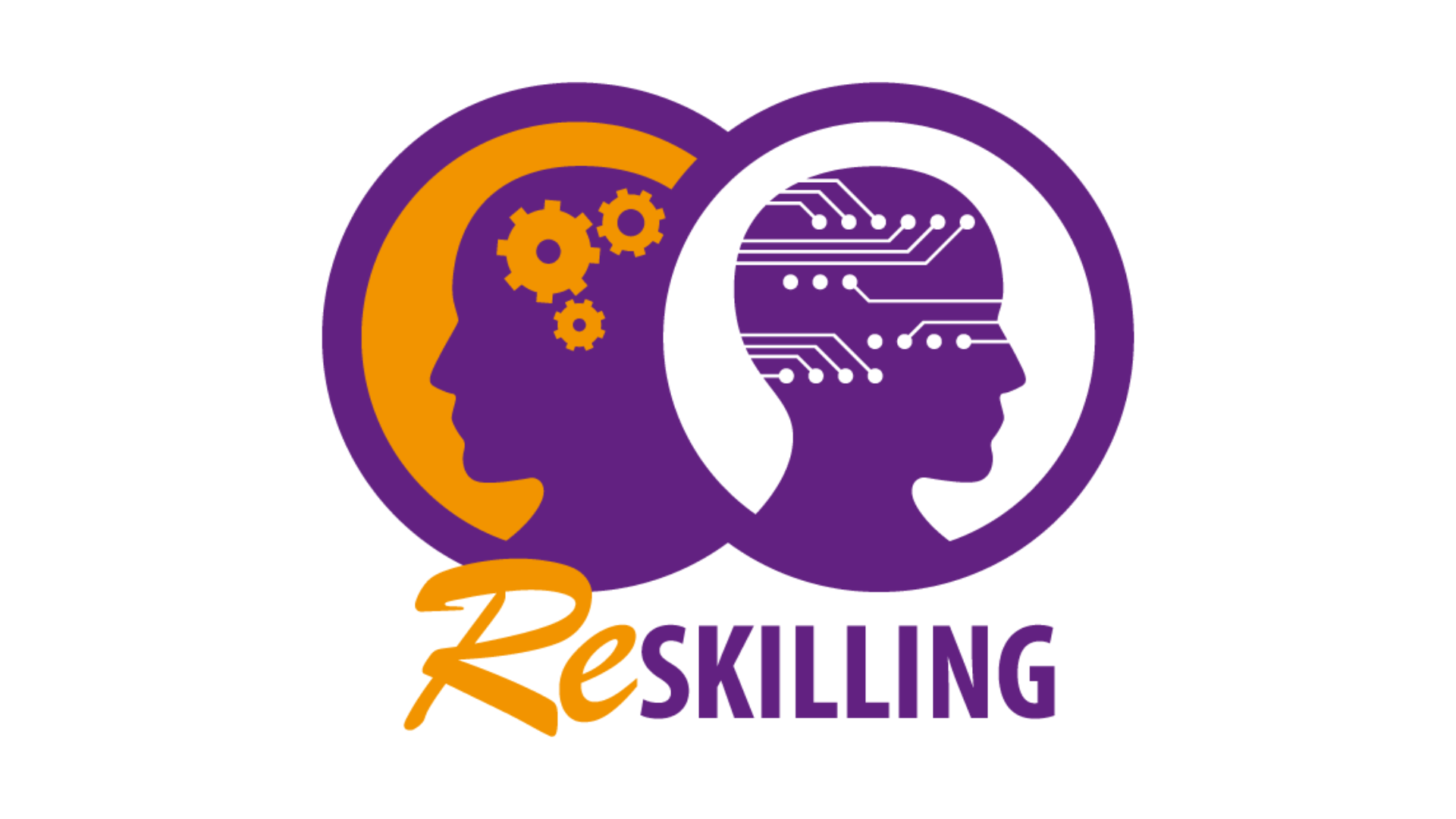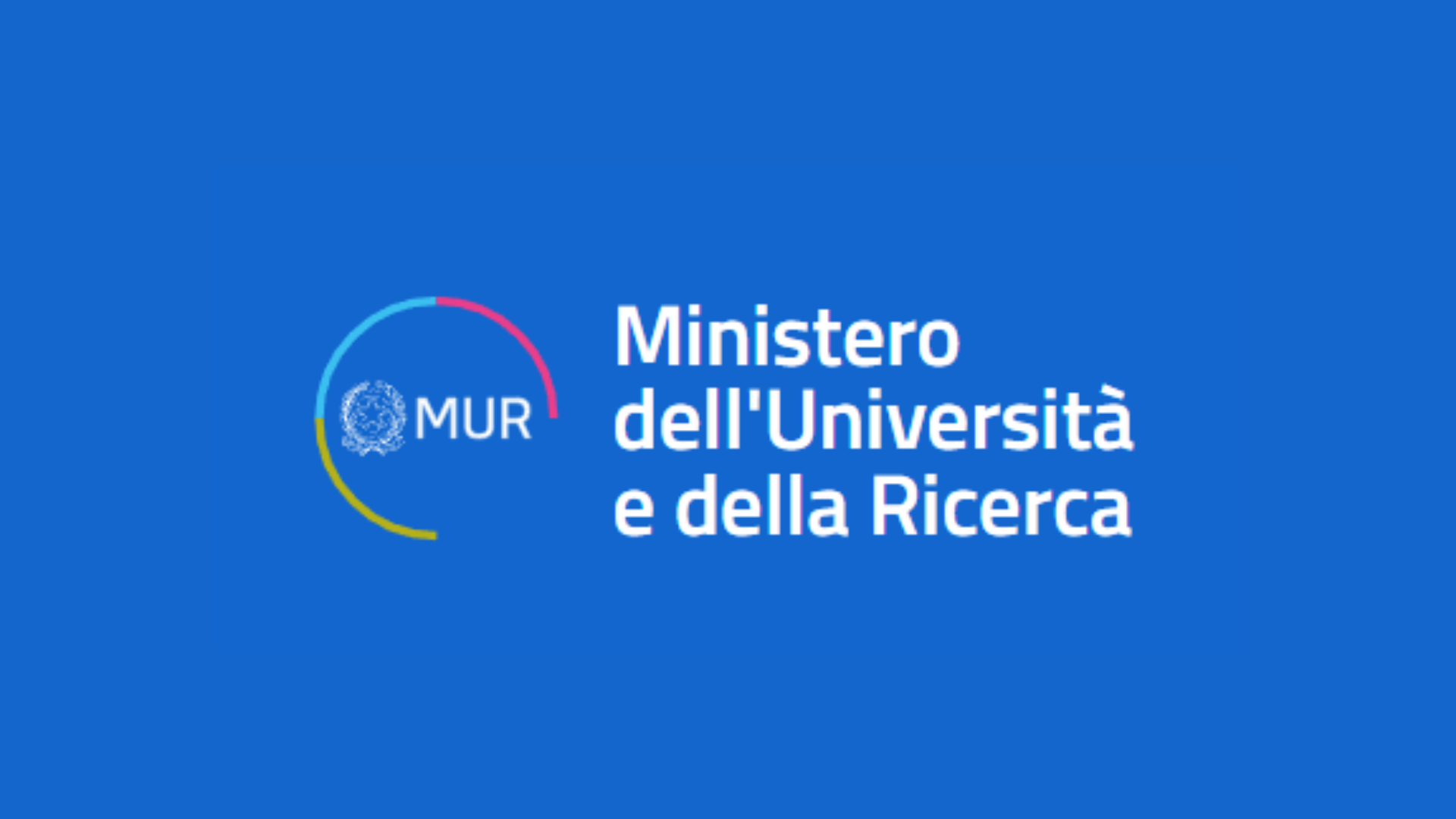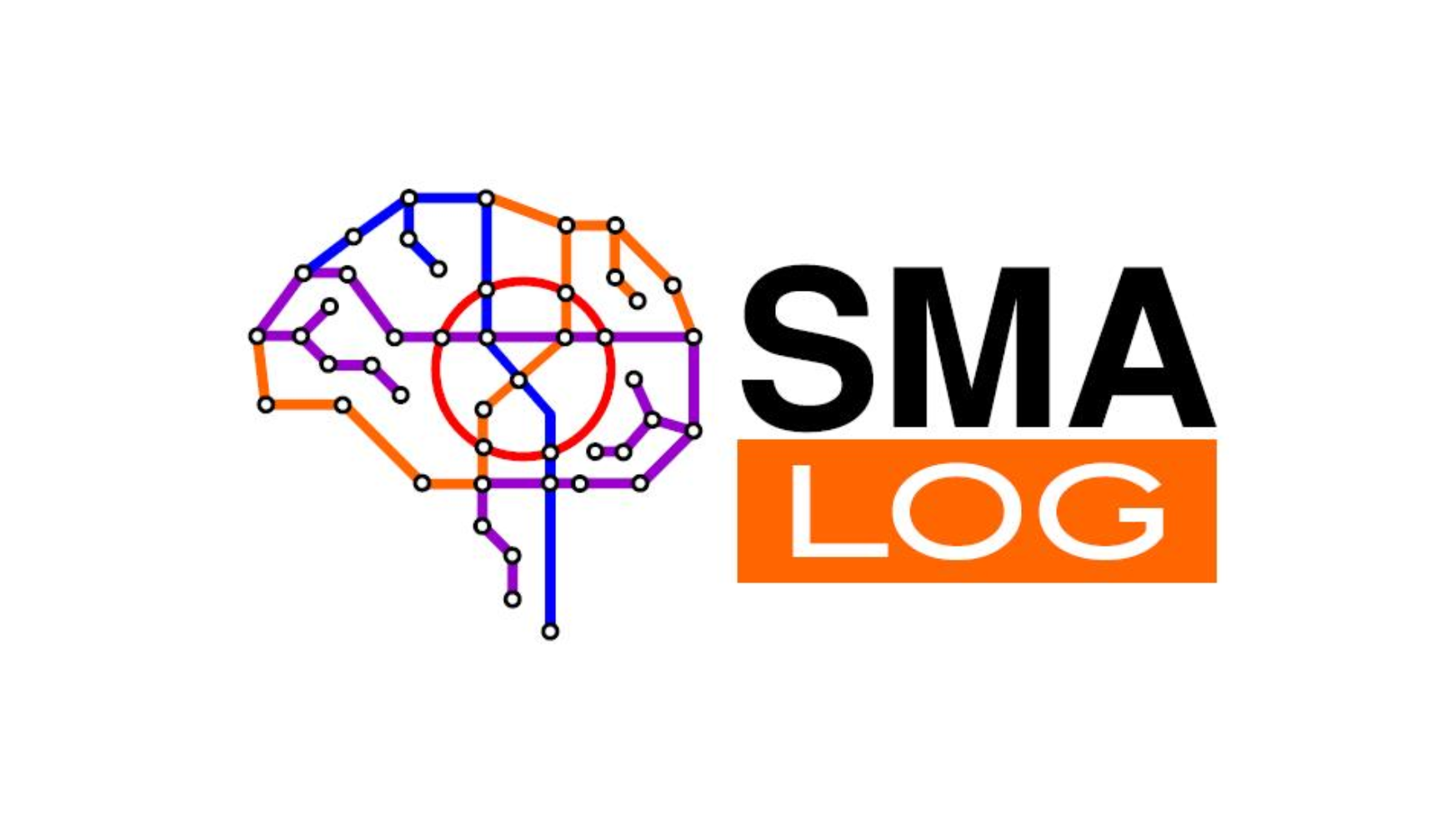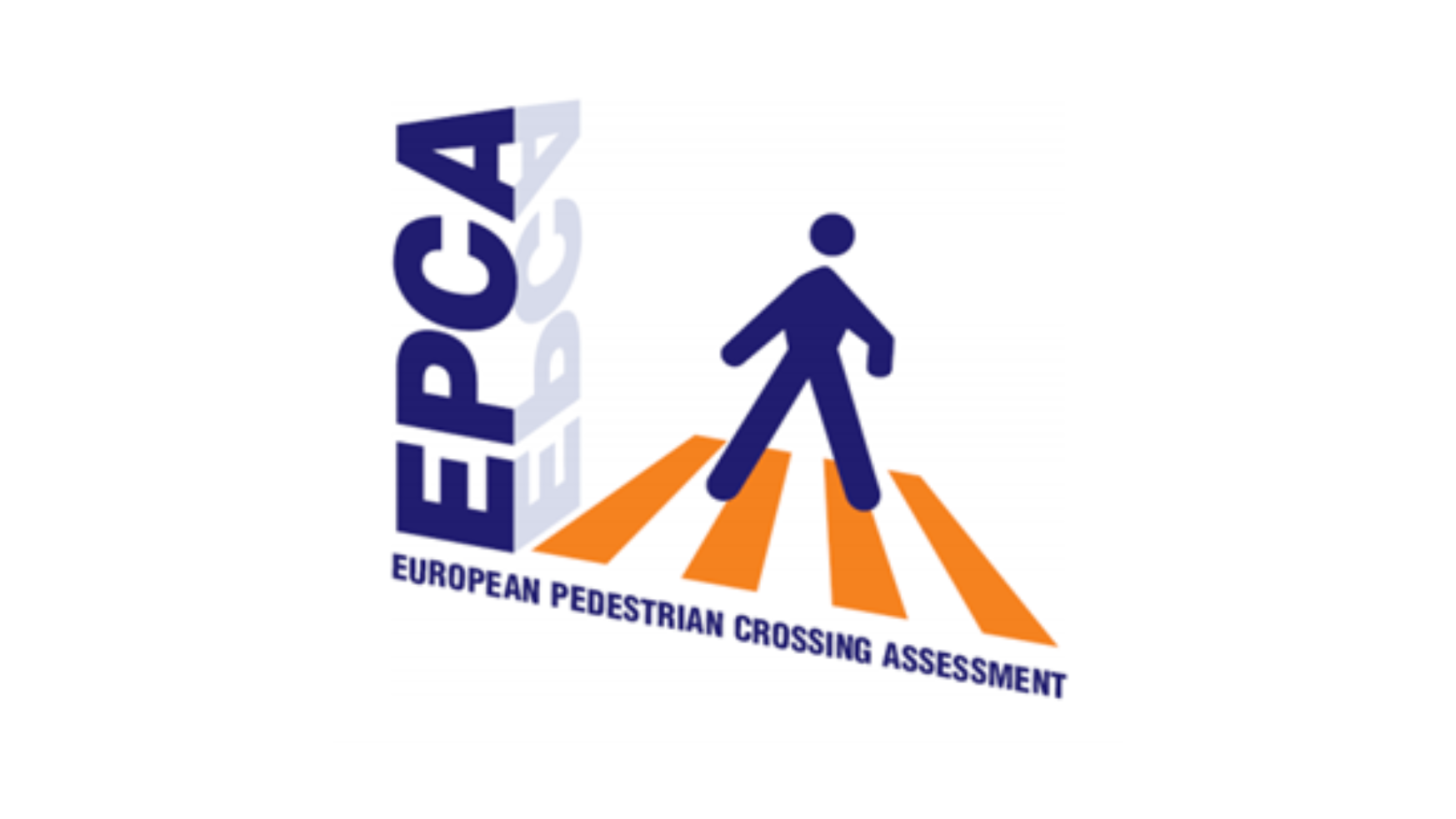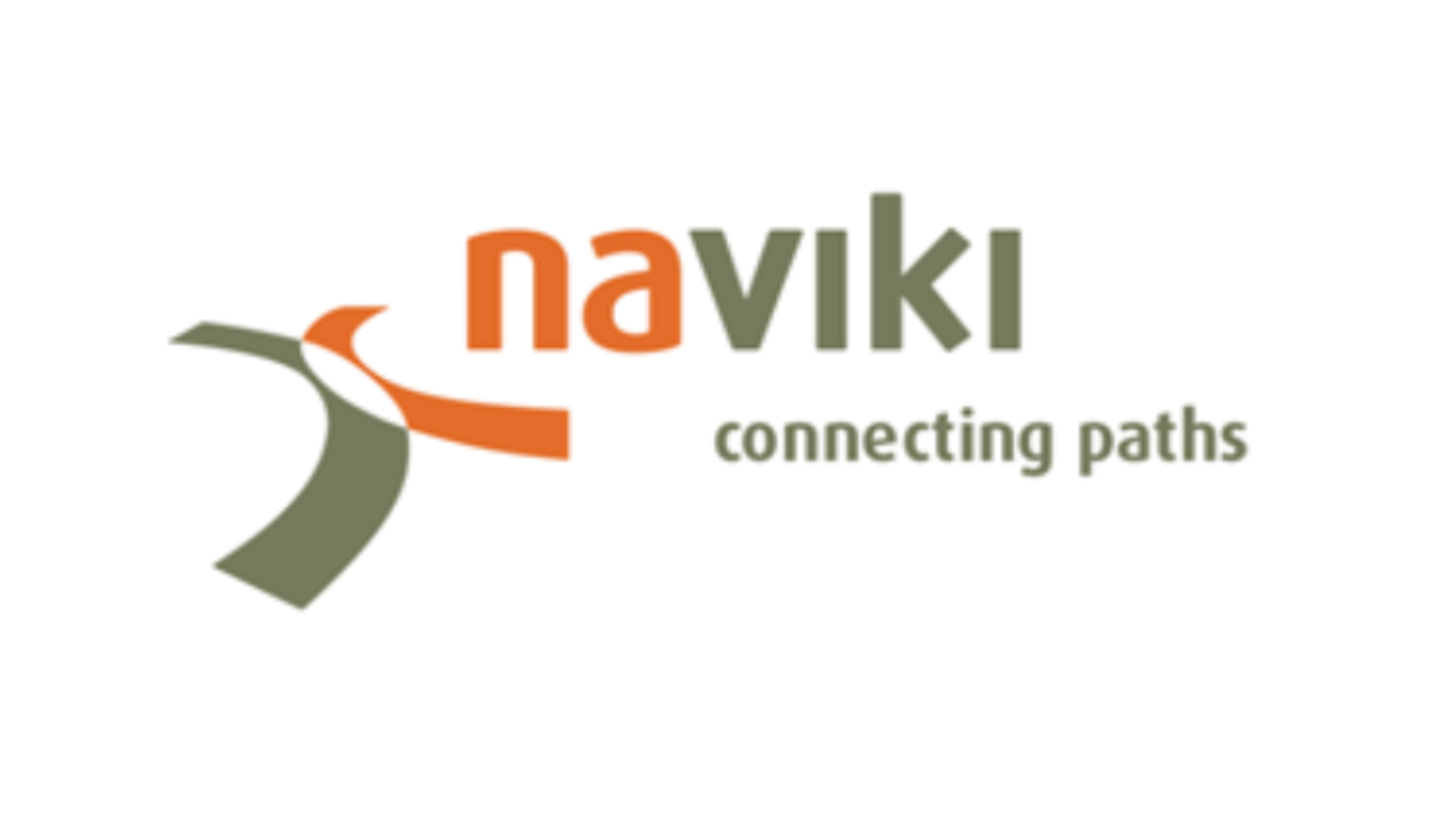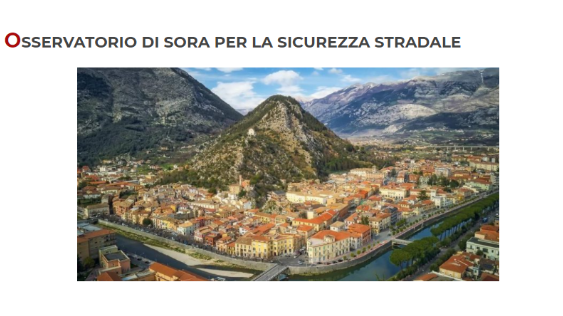The problem
SHOW project aims to support the migration path towards effective and persuasive sustainable urban transport through technical solutions, business models and priority scenarios for impact assessment, by deploying shared, connected, electrified fleets of autonomous vehicles in coordinated Public Transport (PT), Demand Responsive Transport (DRT), Mobility as a Service (MaaS) and Logistics as a Service (LaaS) operational chains in real-life urban demonstrations all across Europe.
The main purposes of SHOW project are:
- To identify and specify priority urban automated mobility Use Cases (UCs) that guarantee high user acceptance, true user demand and cost-efficiency under realistic operation conditions, respecting the legal, operational, and ethical limitations;
- To identify novel business roles and develop innovative business models and exploitable products/ services for sustainable automated fleet operations in urban and peri-urban environments;
- To develop an open, modular, and inclusive system architecture and the enabling tools for it; that supports all UCs and allows for cross-site, cross-vehicle and cross-operators data collection, analysis, and meta-services realization;
- To improve the necessary functionalities to all vehicle types (shuttles and pods, buses, and cars) to allow the demonstration UCs to be realized, considering the local physical and digital infrastructure (5G, G5, …), weather and traffic conditions and safeguarding the safety of vulnerable and nonconnected traffic participants through appropriated interfaces;
- To deploy demonstration fleets, infrastructure elements and connected services (DRT, MaaS, LaaS, etc.) to realize and validate seamless, personalized and shared electric Cooperative Connected Automated Vehicle (CCAV) services for all travelers in real urban and peri-urban traffic environments across Europe and, through a vast international collaboration at global level;
- To assess the impact at city level of shared automated cooperative and electric fleets through holistic impact assessment;
- To transfer the outcomes through proof of alternative operational schemes and business models to replication sites across Europe and beyond;
- To support evidence-based deployment of urban traffic automation, through replication guidelines, road-mapping, reskilling and training schemes for the future workforce, input to certification and standardization actions and policy recommendations.
Our approach
Below there is a list of activities carried out in the field of SHOW project:
- 7 UCs families, 23 single UCs to work upon, each covered in at least one pilot site. All meeting local stakeholder interest and acceptance;
- At least 7 existing (best practices) or novel AV deployment business models to be fully defined, including at least 2 new business roles. 5 models fully tested across the pilot sites;
- Agreed System Architecture framework, able to be instantiated in each pilot site. SHOW Dashboard, big data collection platform and data management portal; able to collect and analyze all pilot site data. Big data analysis and AI algorithms leading to at least 5 AI new metadata services (on the fleet operation or vehicle performance). Services Marketplace able to provide all operational, energy management and dynamic personalized services required at each site;
- Fleet of over 70 EVs of all types (bus, shuttles, pods, cars), able to support the pilot sites according to the relevant UCs of WP1 and operational/business scenarios of WP2 in a safe, secure, and legal/ethical manner and all required enabling infrastructure available at each site;
- 14 project sites (5 Mega, 6 Satellite, 3 Follower; see sections 1.3.5, 1.3.6 and 1.3.7 for their definition, listing and analysis), with 20 connected cities; transporting around 1.500.000 citizens and 350.000 tonnes of goods by AV fleets;
- Able through WP12 Pilot gathered objective and subjective data and WP10 Pilot simulations to estimate all above impacts at Pilot(micro) and city (macro) level;
- At least 10 more Follower sites and 15 replication schemes across various project sites/cities, 3 of which with extra European sites. At least 5 successful business models recognized and their bankable versions for at least the project 5 Mega sites;
- At least 20 replication guidelines and 3 training courses for AV fleet operation and control staff. At least 100 operators trained at Pilot sites. Proposed Roadmap adopted explicitly by at least 5 relevant user, industry, or city/operator Associations and 5 National Ministries of Transport.
Partners
UITP, CERTH, Transdev Group, NAVYA, EASYMILE, STIB, Valeo Vision, Siemens Mobility, BOSCH, IRF, ID4CAR, Trafikselskabet Movia, BESTMILE, Euromobilita, VTI, IDIADA, NTUA, UNICE, CEA and others
